iPhones rule the smartphone market. After all, the 7 best-selling phones in the world are currently represented by Apple models. The remaining three places in the TOP 10 belong to cheap Samsungs. Jigsaw puzzles do not have a chance to stand out among the classic construction in sales yet, but this certainly does not mean that Apple will have to continue to cough on them in the foreseeable future.
We are used to Apple showing us its new iPhones every year in September. Every year a new generation, every year four models: two basic, two Pro, two smaller, two larger. Occasionally, however, the company decides to introduce the iPhone SE as well, in the spring. However, many people believe that once Apple introduces a flexible iPhone, it will replace the current one. Is it something to be afraid of?
Another new iPhone every spring
Just as a cheap iPhone doesn't replace any of the available portfolio, it's more than obvious that a flexible iPhone doesn't replace any of the entry-level ones either. Even if the Plus model is the least successful in sales, Apple would rather cut it for good than turn it into some kind of jigsaw puzzle. In addition, it certainly sells more than the vast majority of the competition. This is also why it is appropriate to think that if we finally get a flexible iPhone, Apple could launch it outside of its typical window, i.e. September, but rather alongside the SE model in the spring, or rather on an alternating basis with it.
We can't wait this year, that is if we are talking about the new iPhone SE. It should come from the region of 2025. But the outlook for jigsaw puzzles is even further away, when, if we will see any, it should be in 2026. This would give a nice two-year alternation between the cheapest portfolio solution and the special one, when nothing would actually change in September. Until half a year later, the company would always rejuvenate the portfolio with either an affordable iPhone or the unusual shape, always with new chips introduced with the September iPhones. It would be an interesting distribution of the market, where there would be more interest in the new iPhones throughout the year. However, the "spring" ones would not set the trends, but rather maintain them, because they would adopt the novelties of the "September" models.
It could be interest you
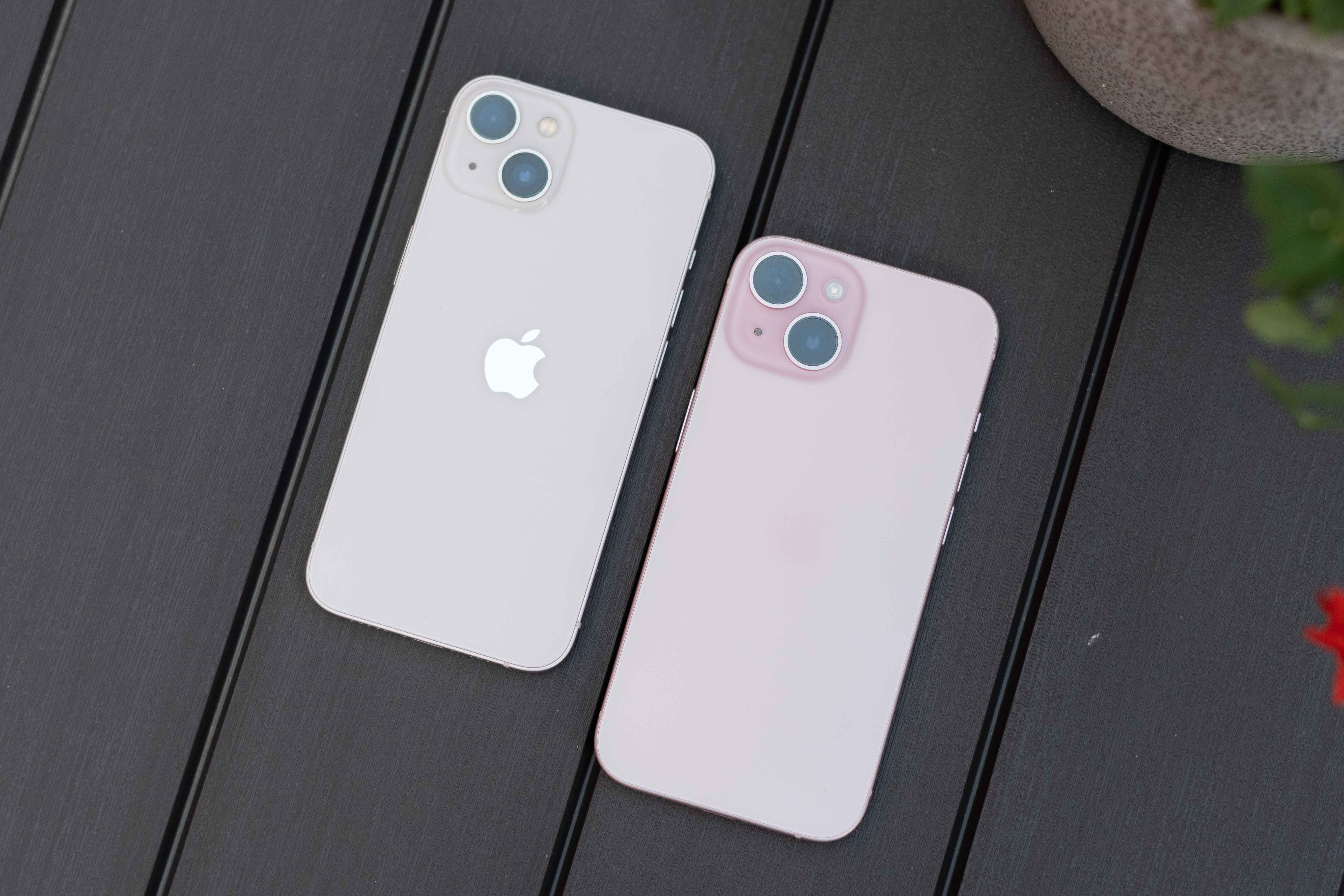
How are the puzzles actually doing?
It's not glory yet. Of course, the market is growing, but still in relatively small numbers. According to a report issued by the company TrendForce after all, the total supply of flexible phones in 2023 reached "only" 15,9 million units. This is more than just one model of the current iPhone, which includes companies such as Samsung, Huawei, Xiaomi and Google. This is a year-on-year increase of 25% for this sub-segment of the market, but it represents only 1,4% of the total smartphone market.
These are the reasons why we don't have a flexible iPhone here yet. Puzzles are here, people know about them, but they don't really flock to them, just like Apple, which doesn't see the potential in it yet. According to estimates, 2024 million jigsaw puzzles are to be sold in 17,7, so the growth will be only 11% and we will not exceed 2% of the market until 2025. That is why 2026 looks like the year in which Apple will present its first jigsaw puzzle, relatively hopefully.
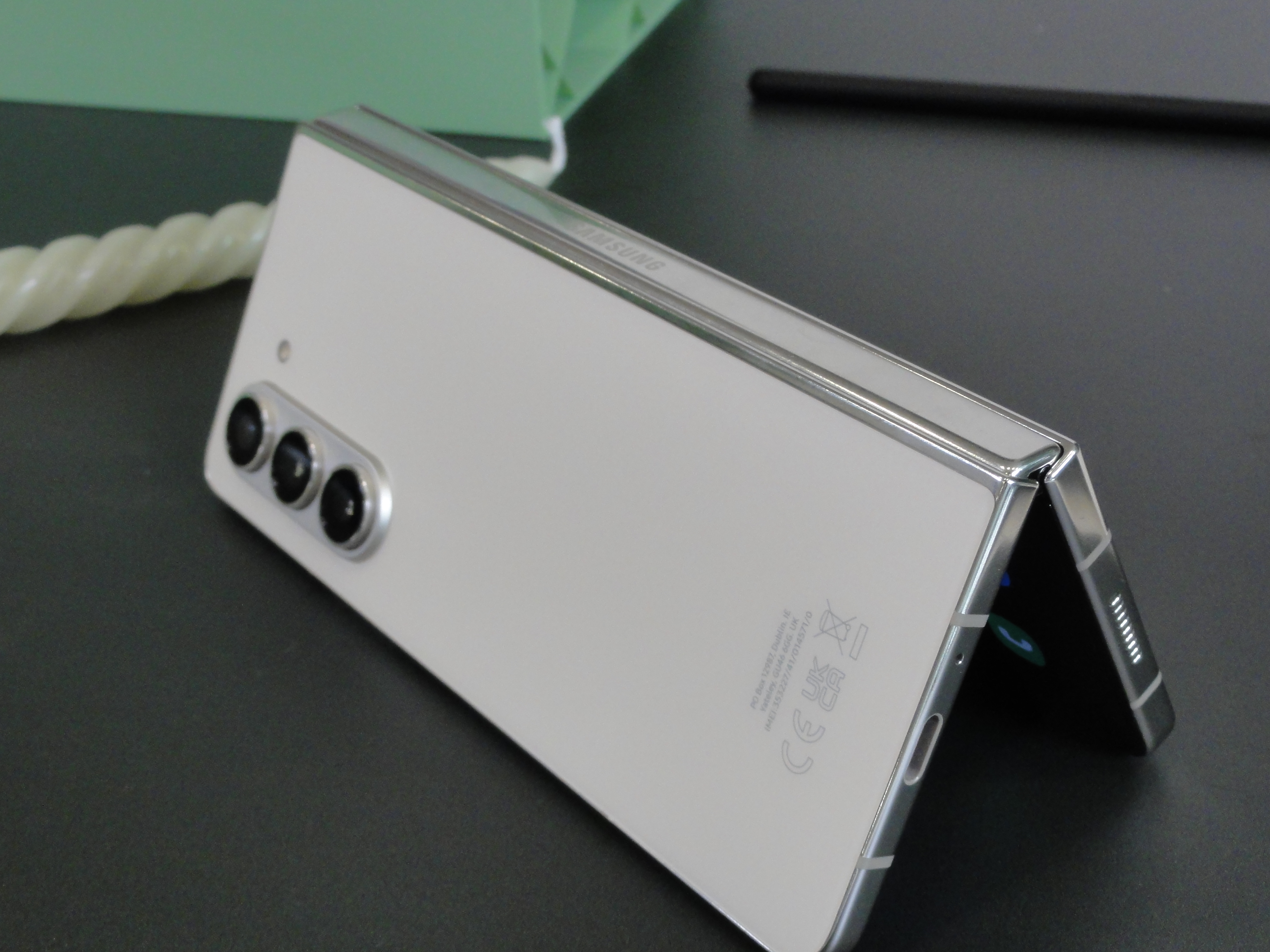
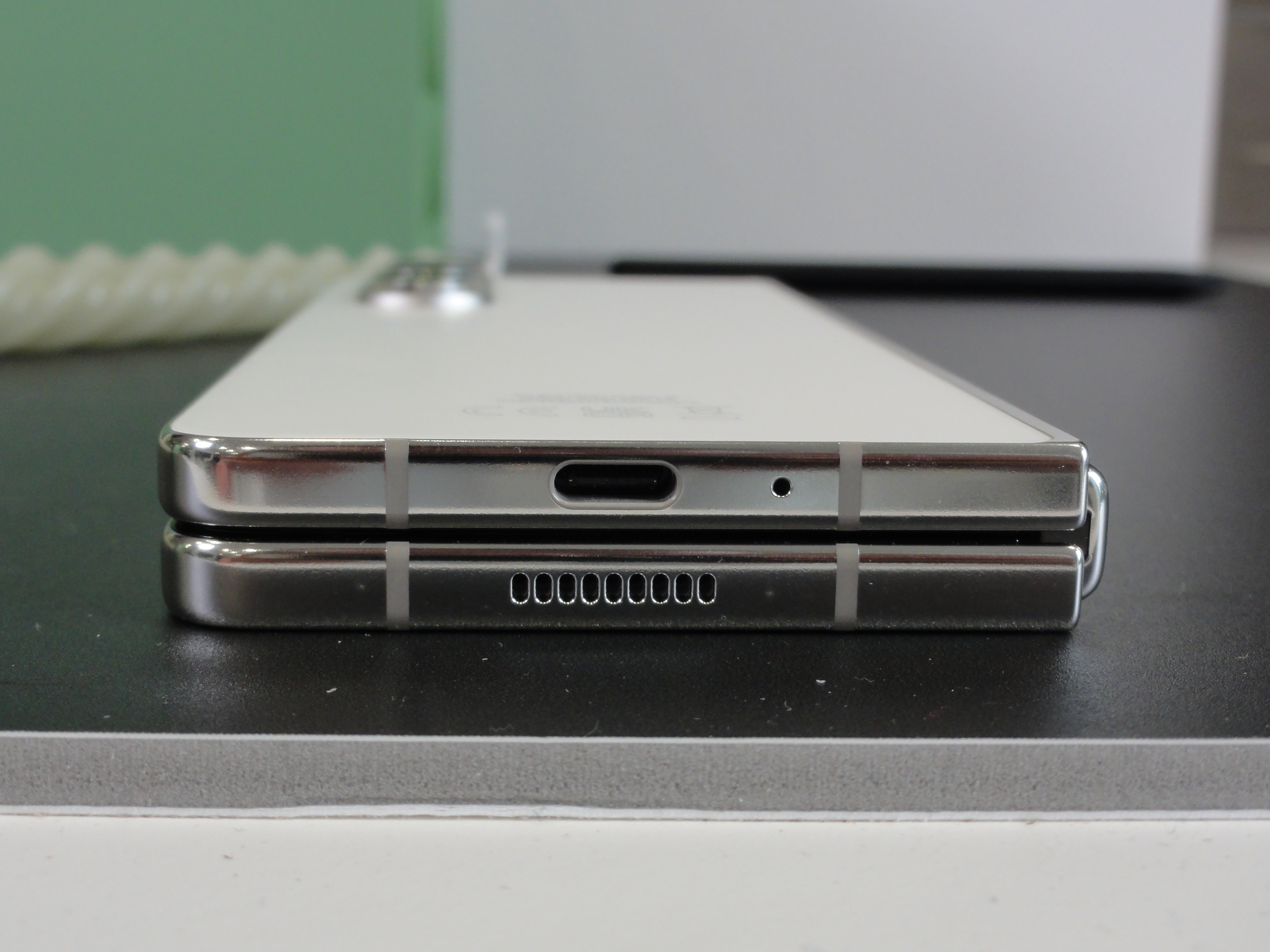
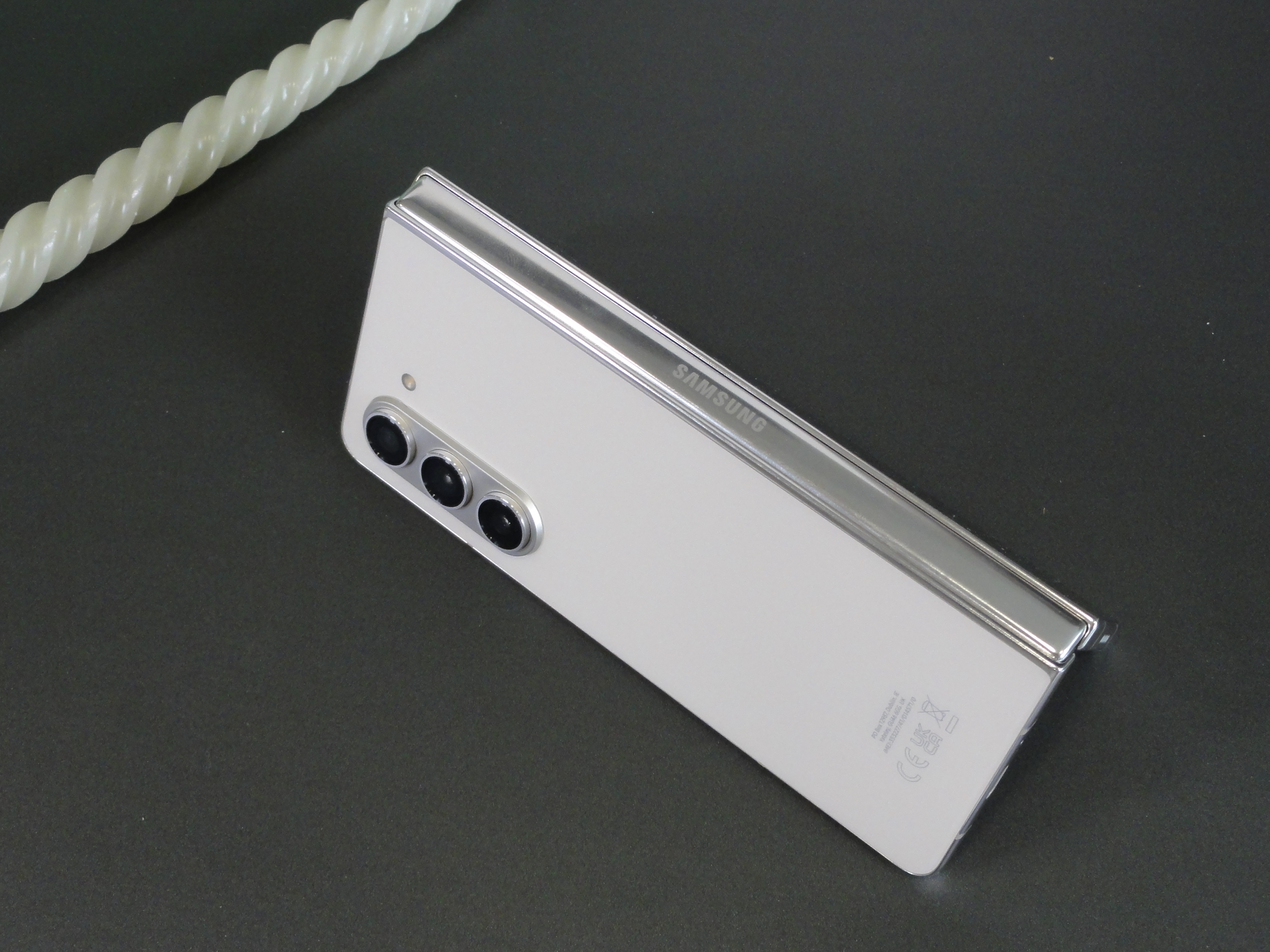
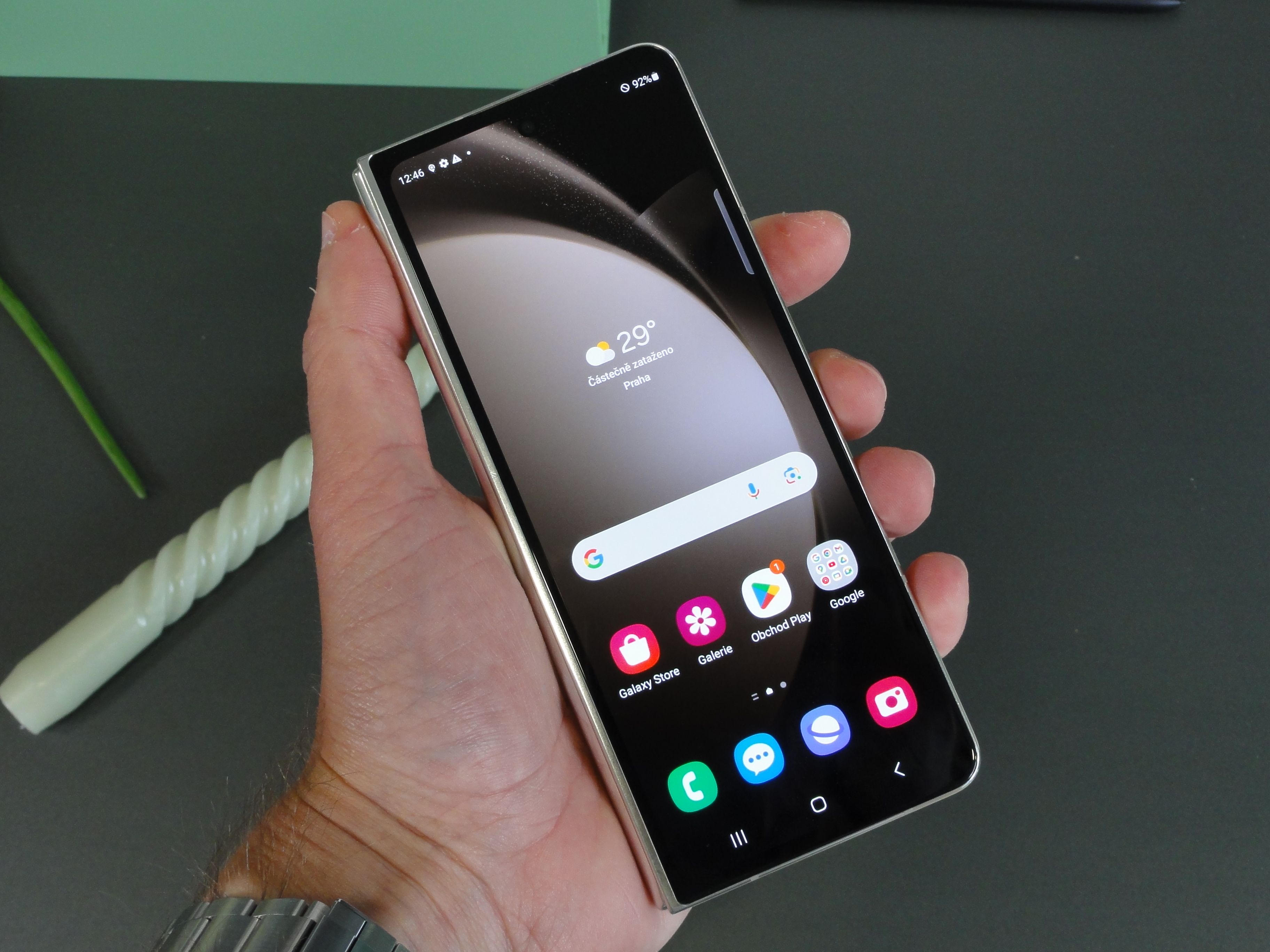
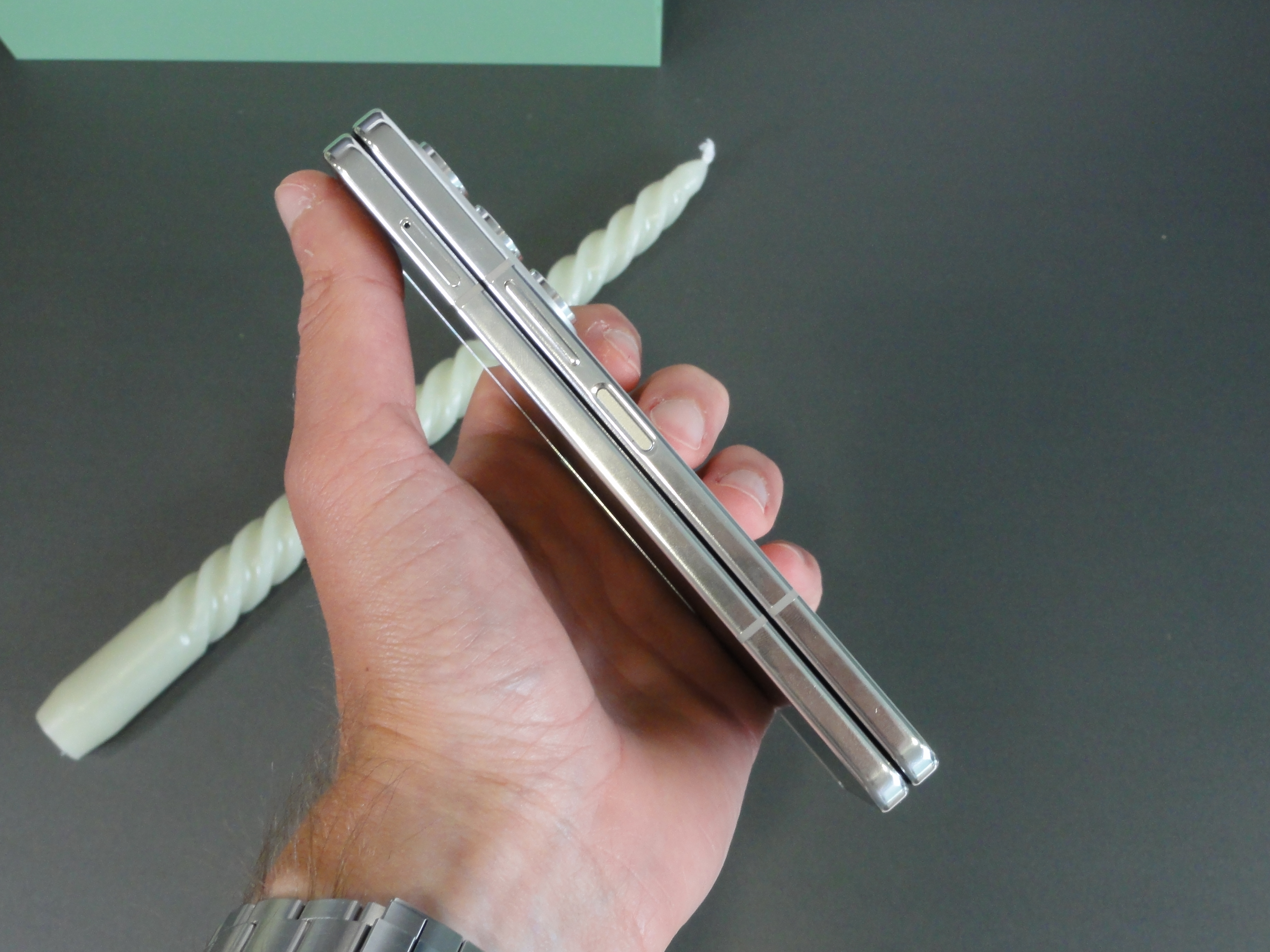
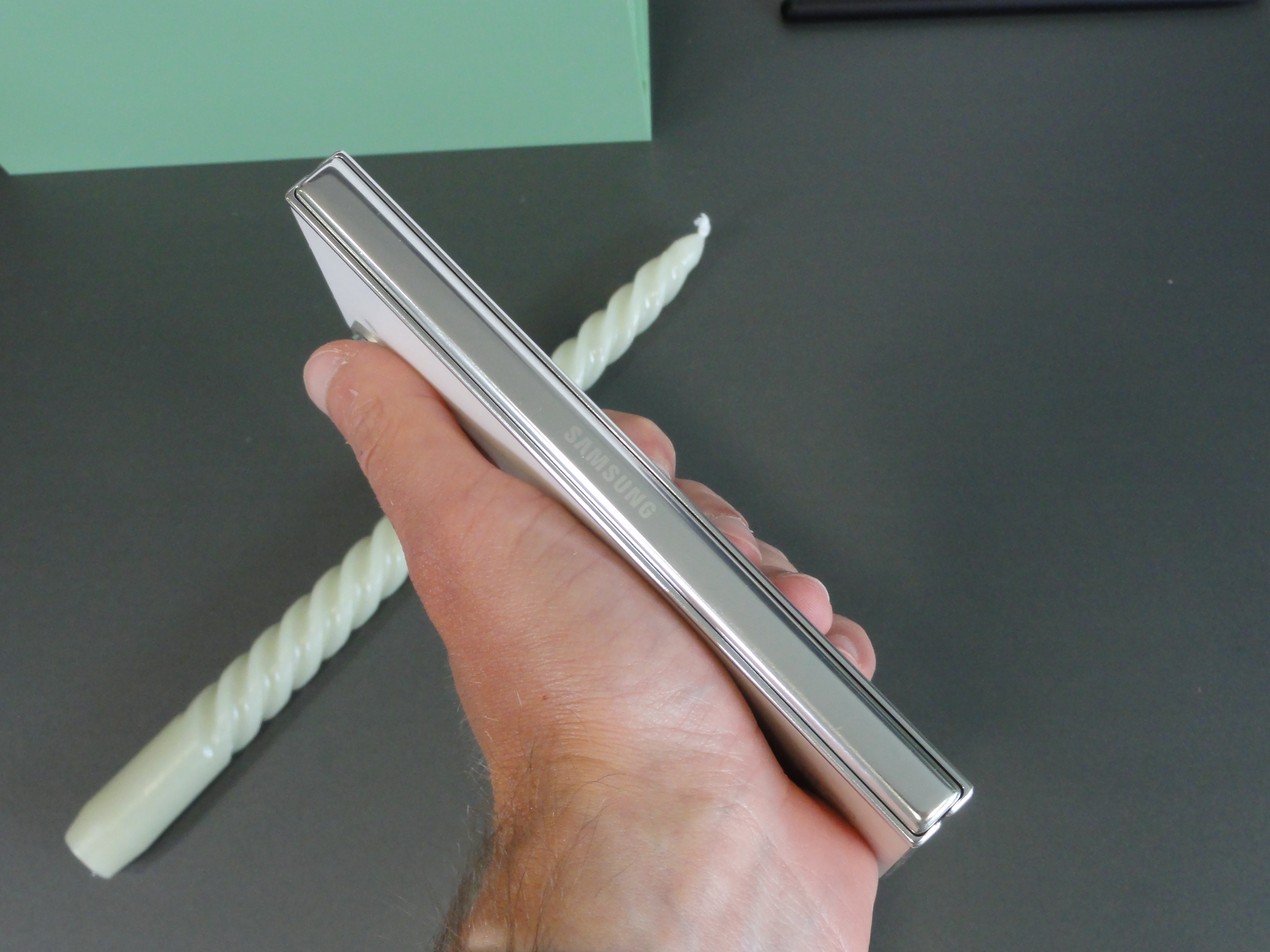
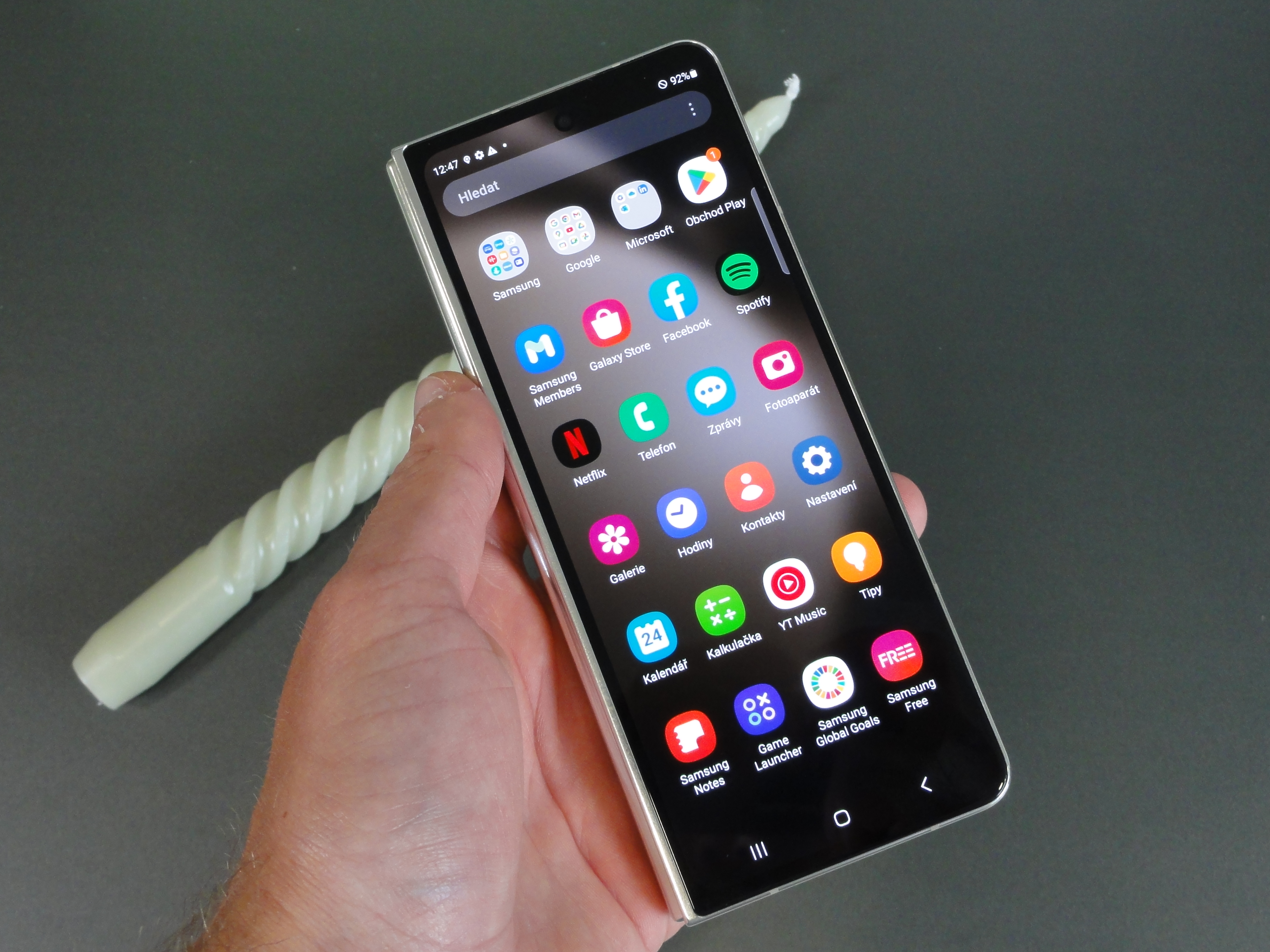

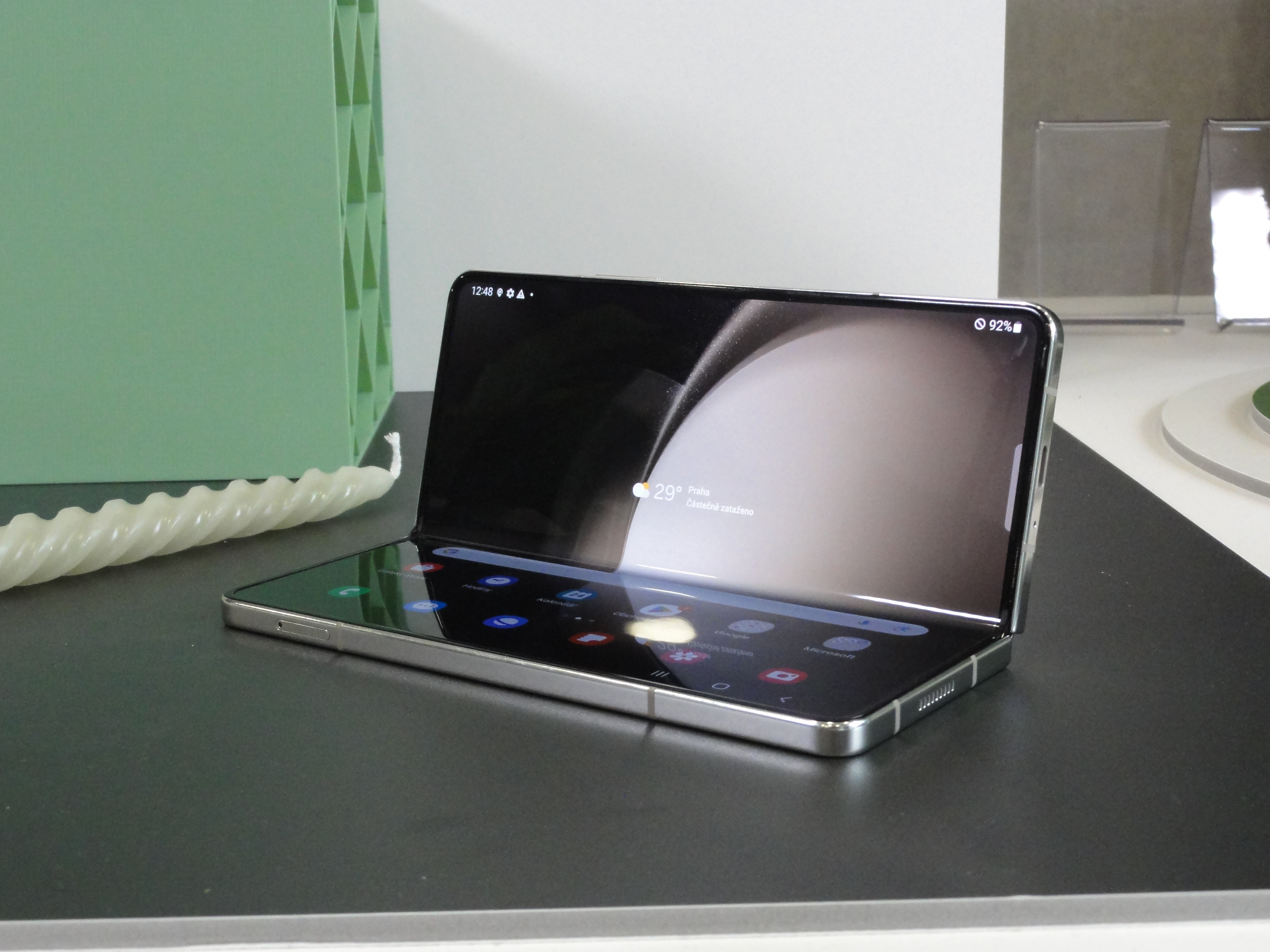
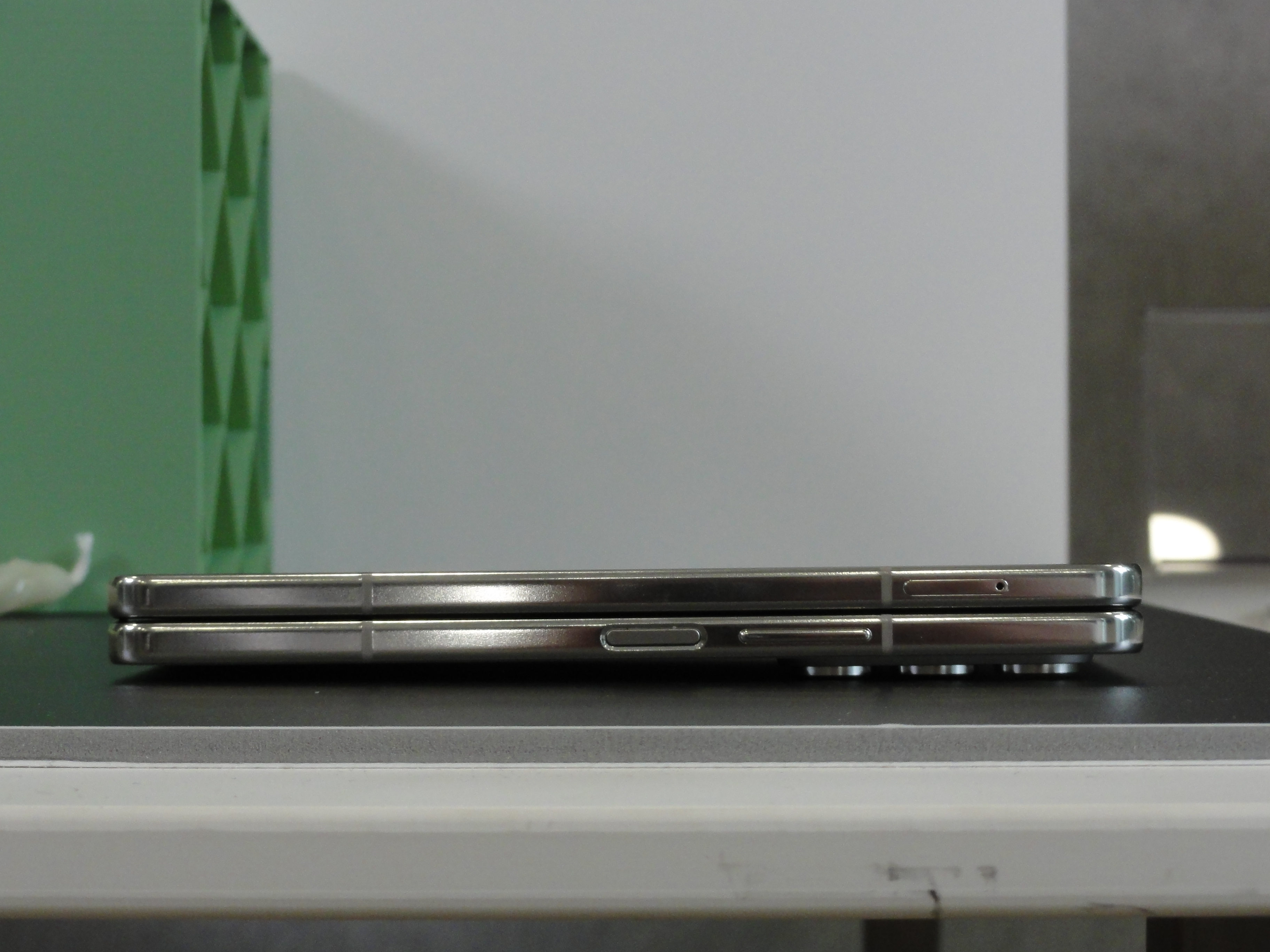
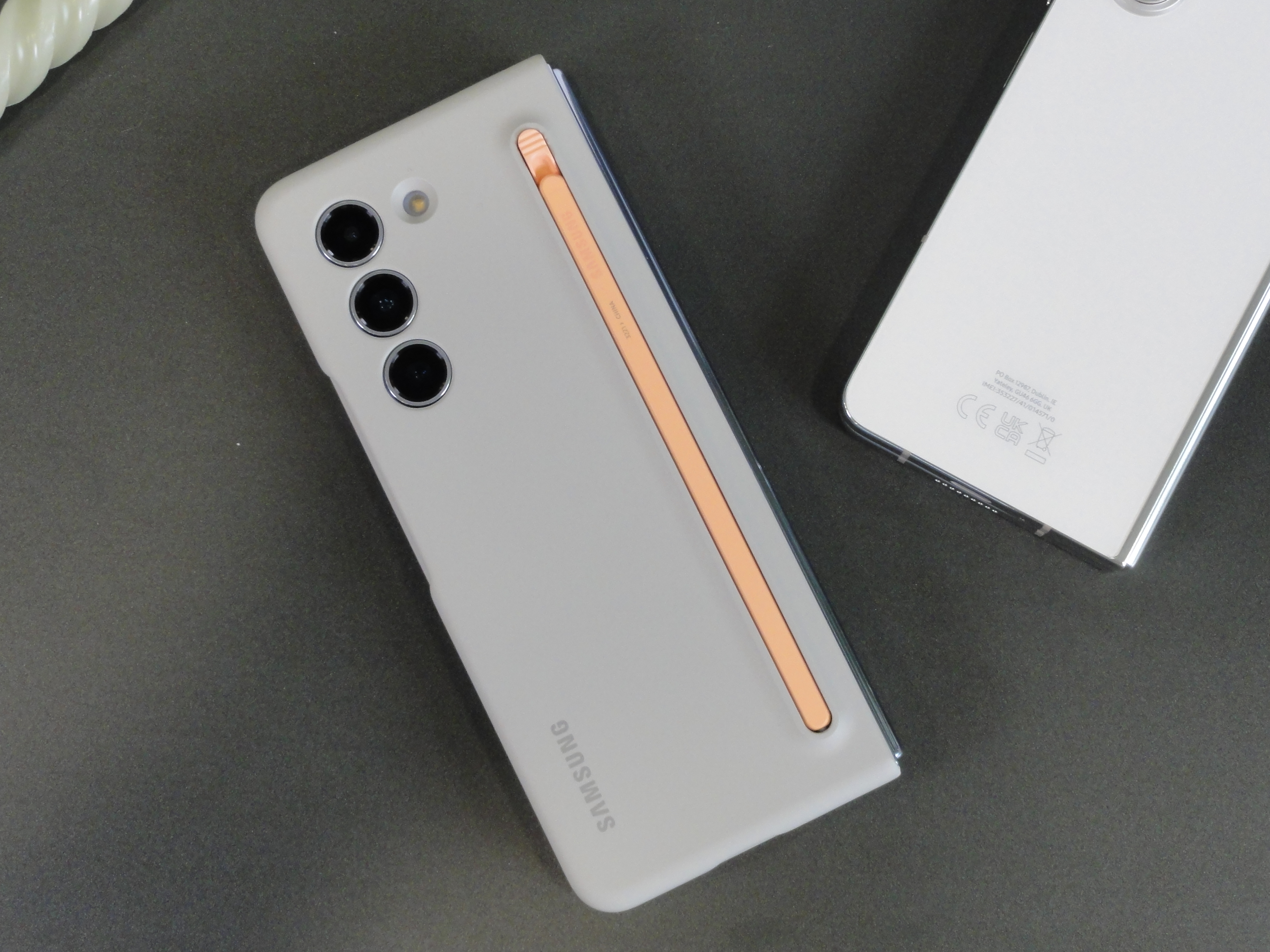
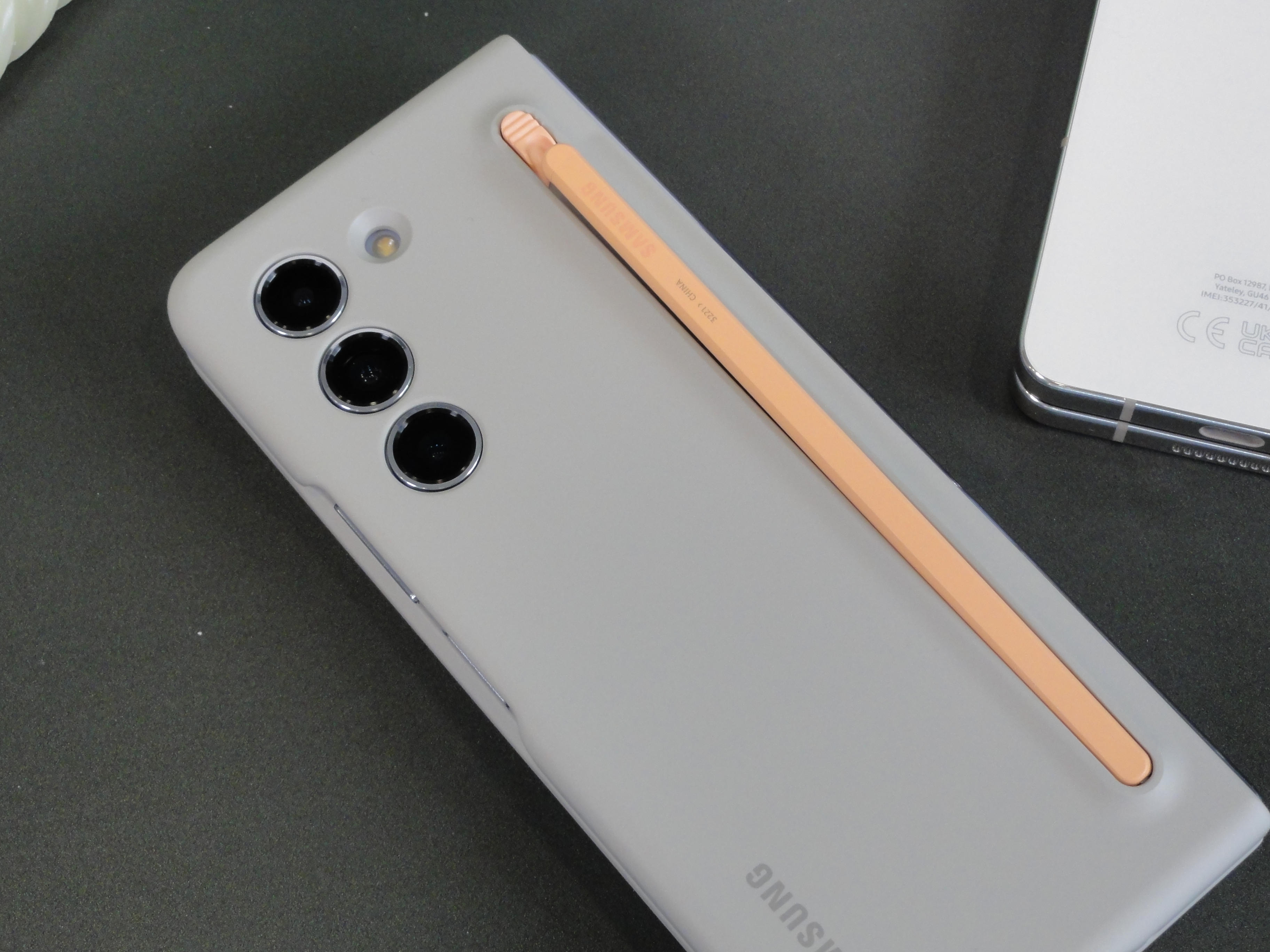
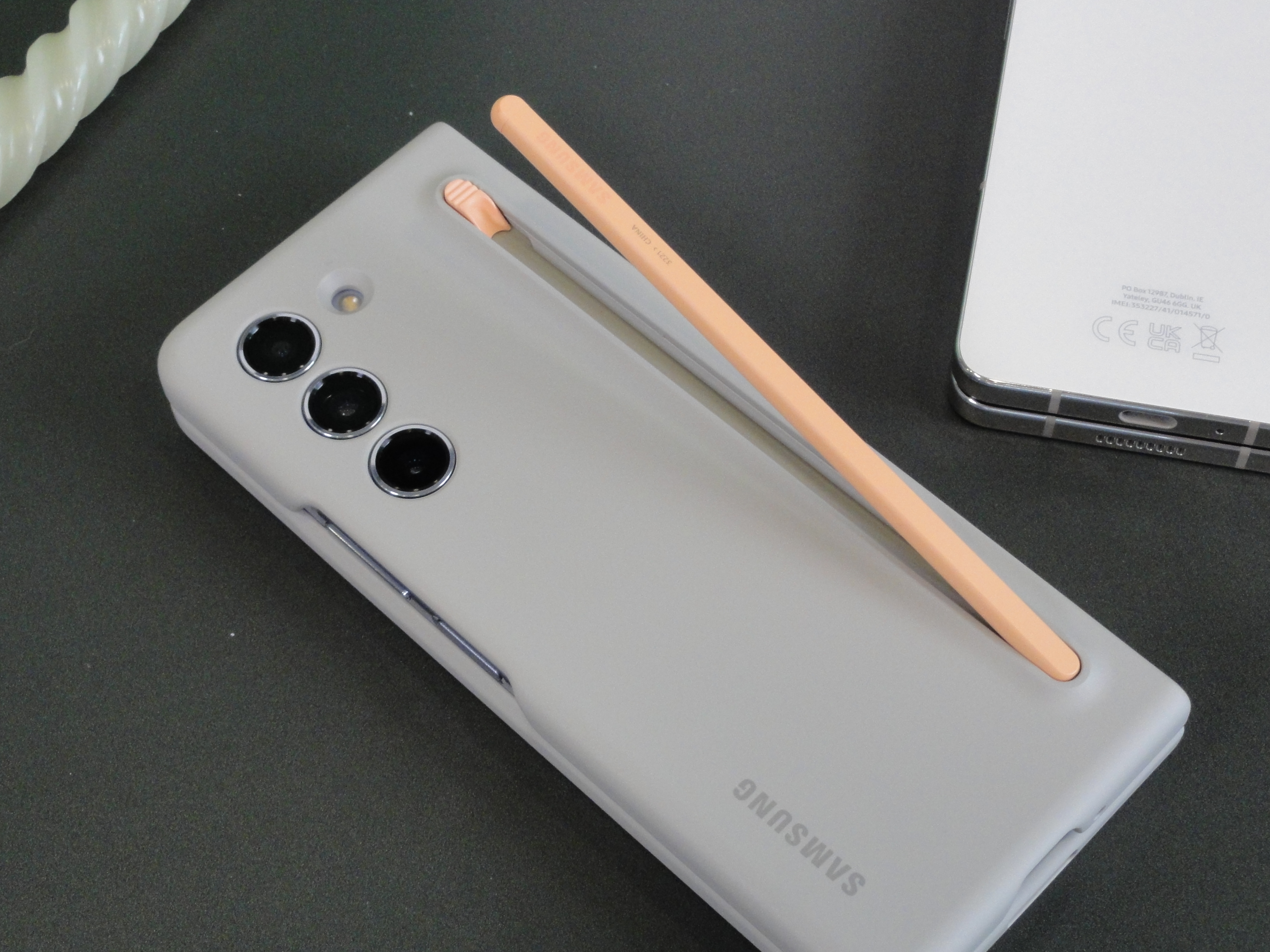
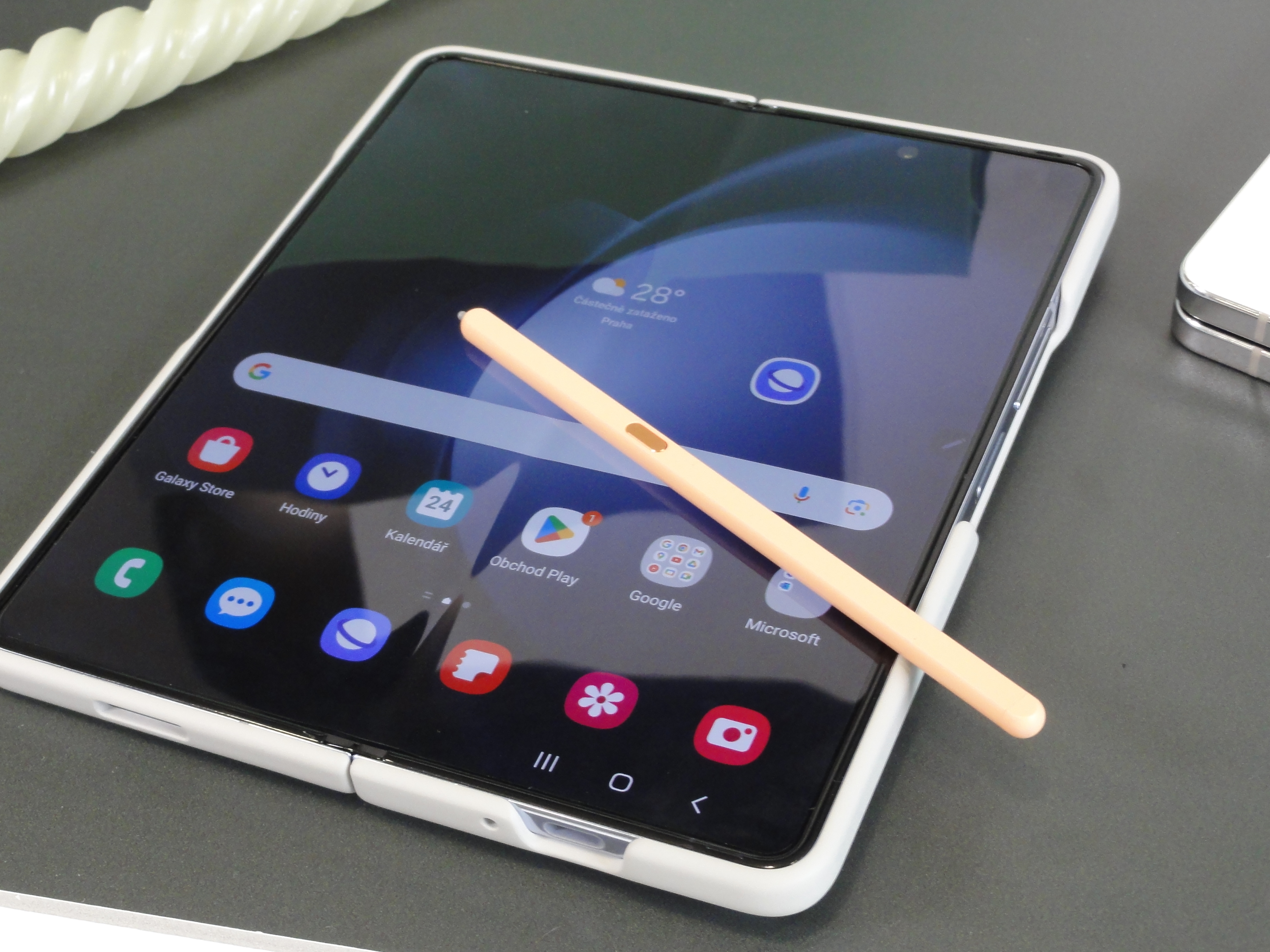
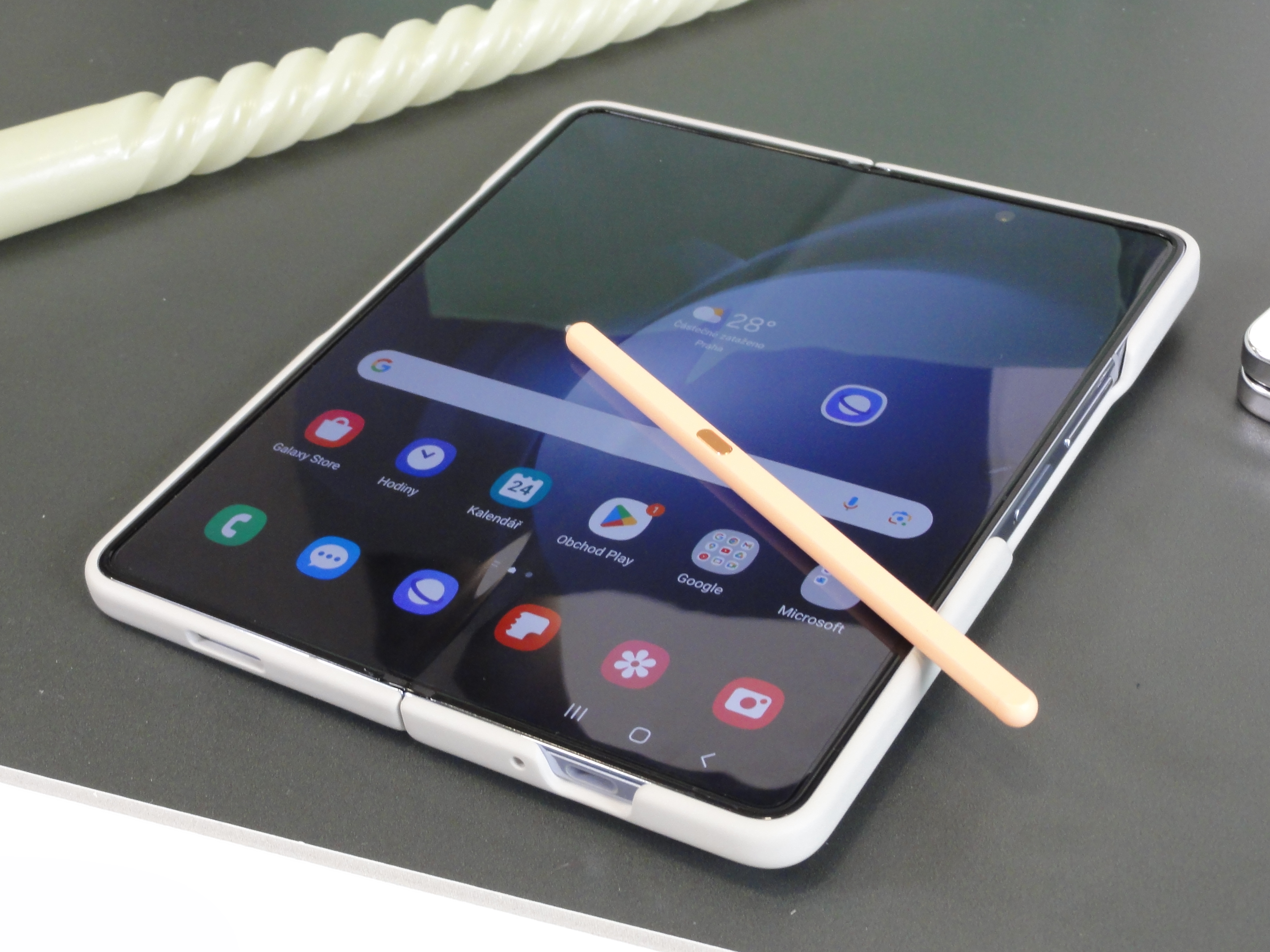
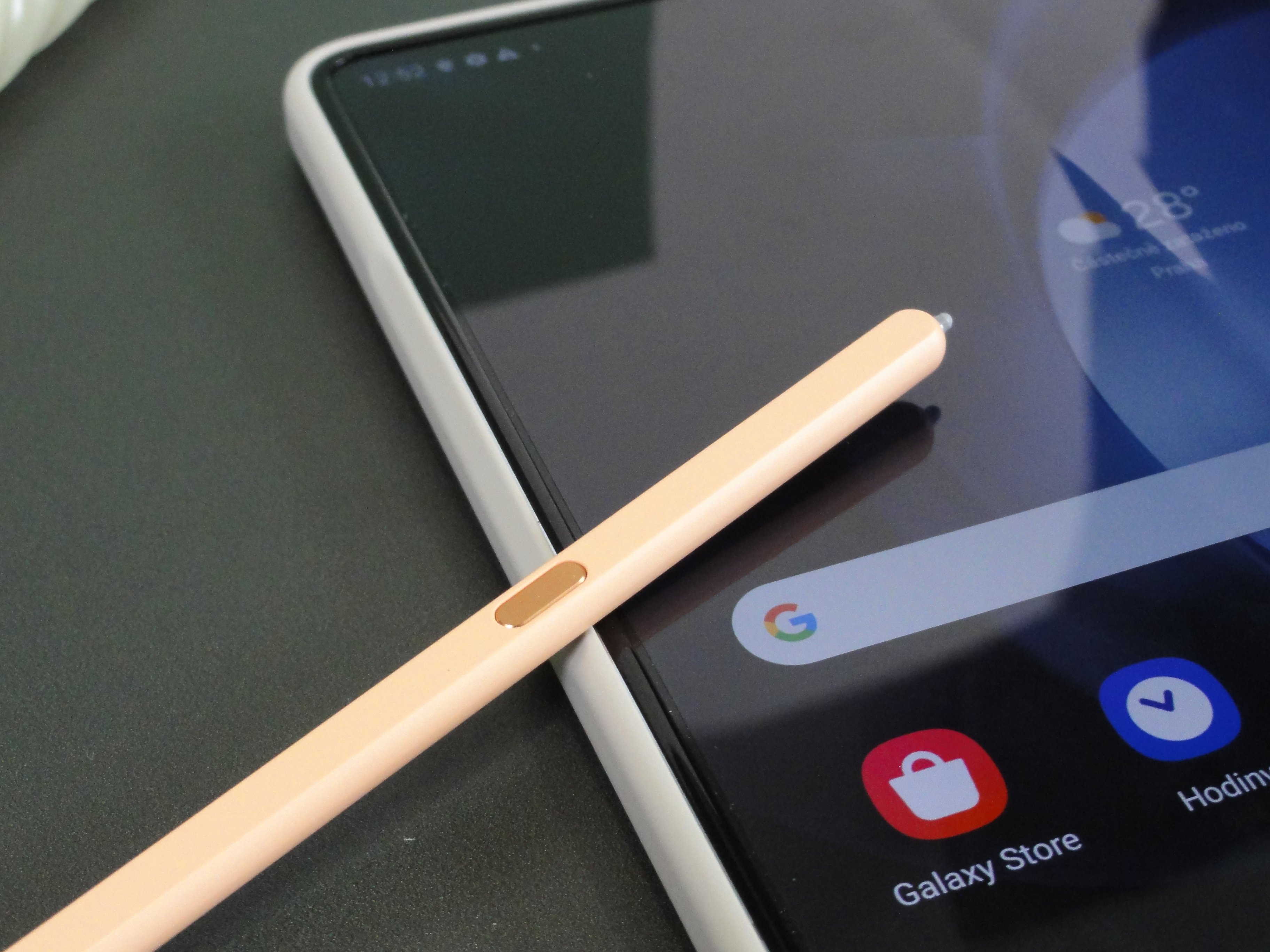
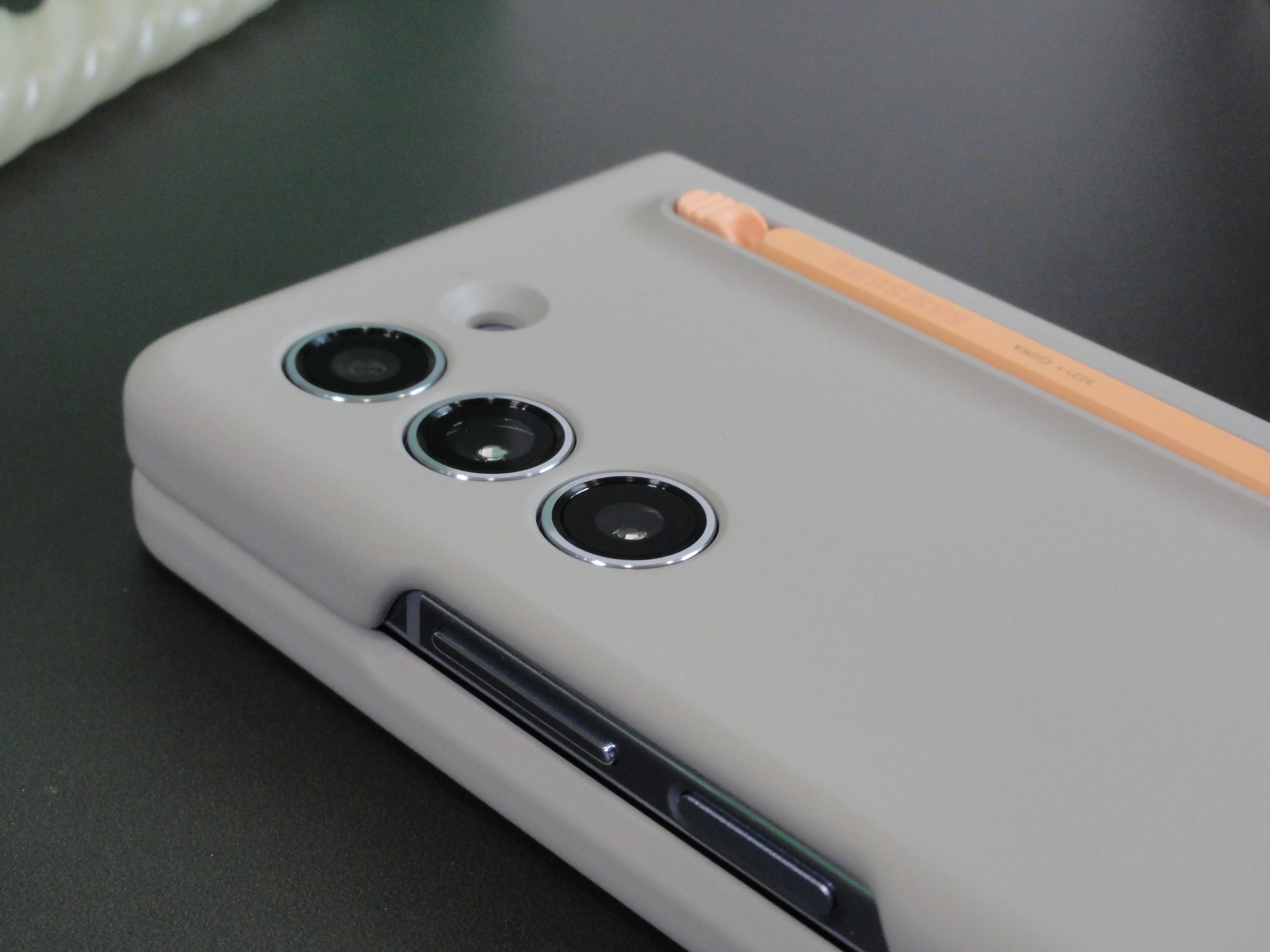
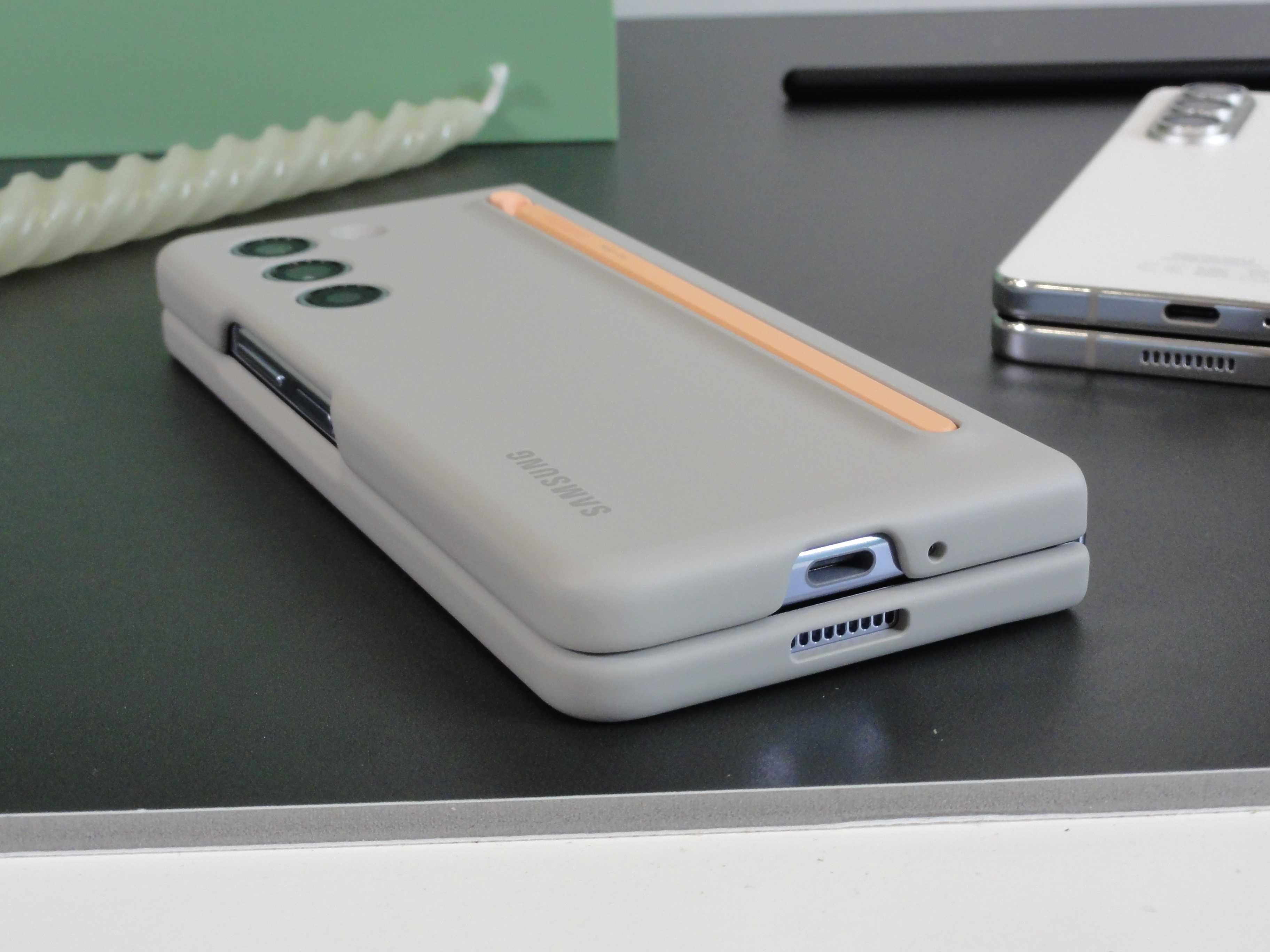
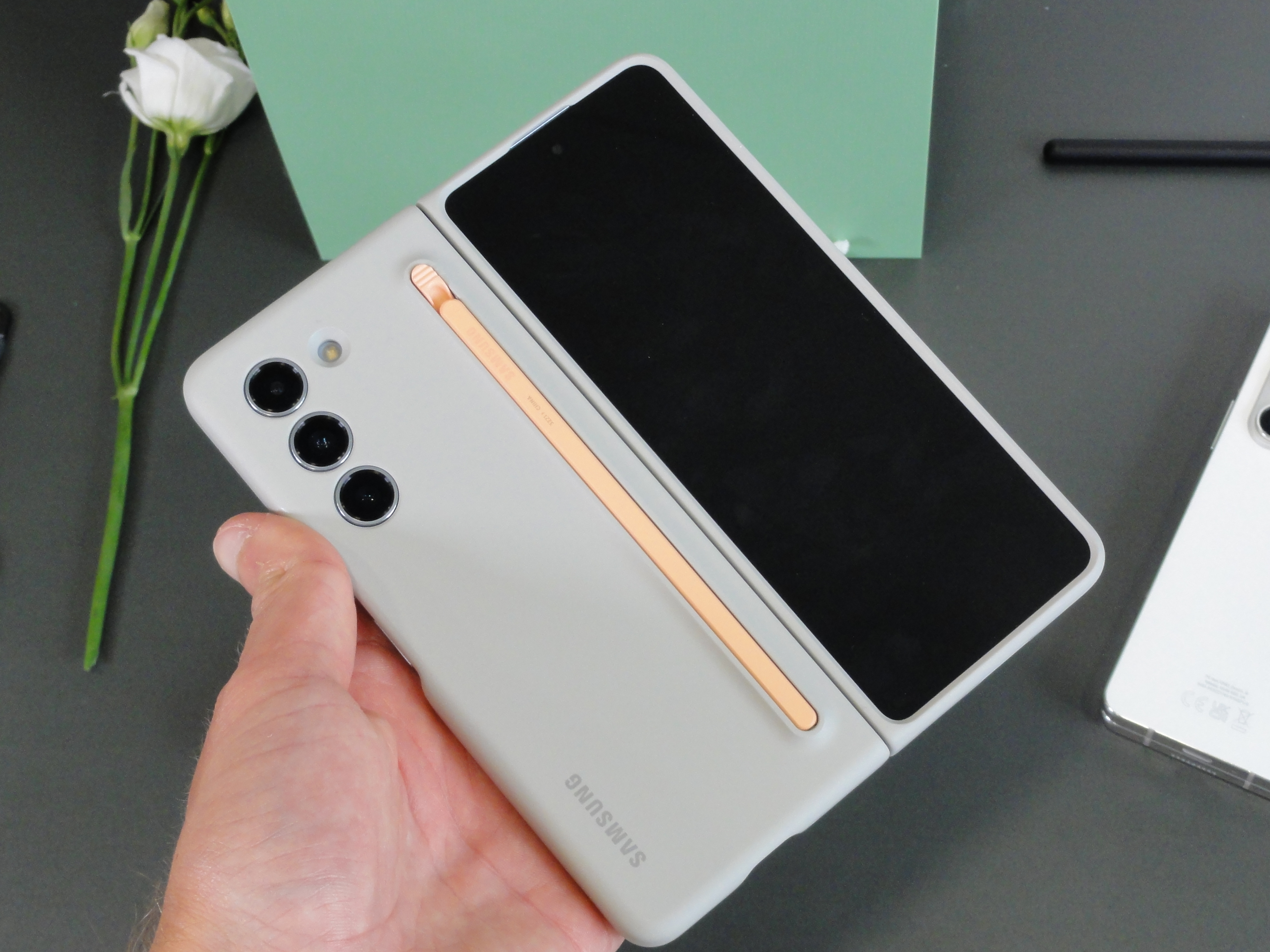


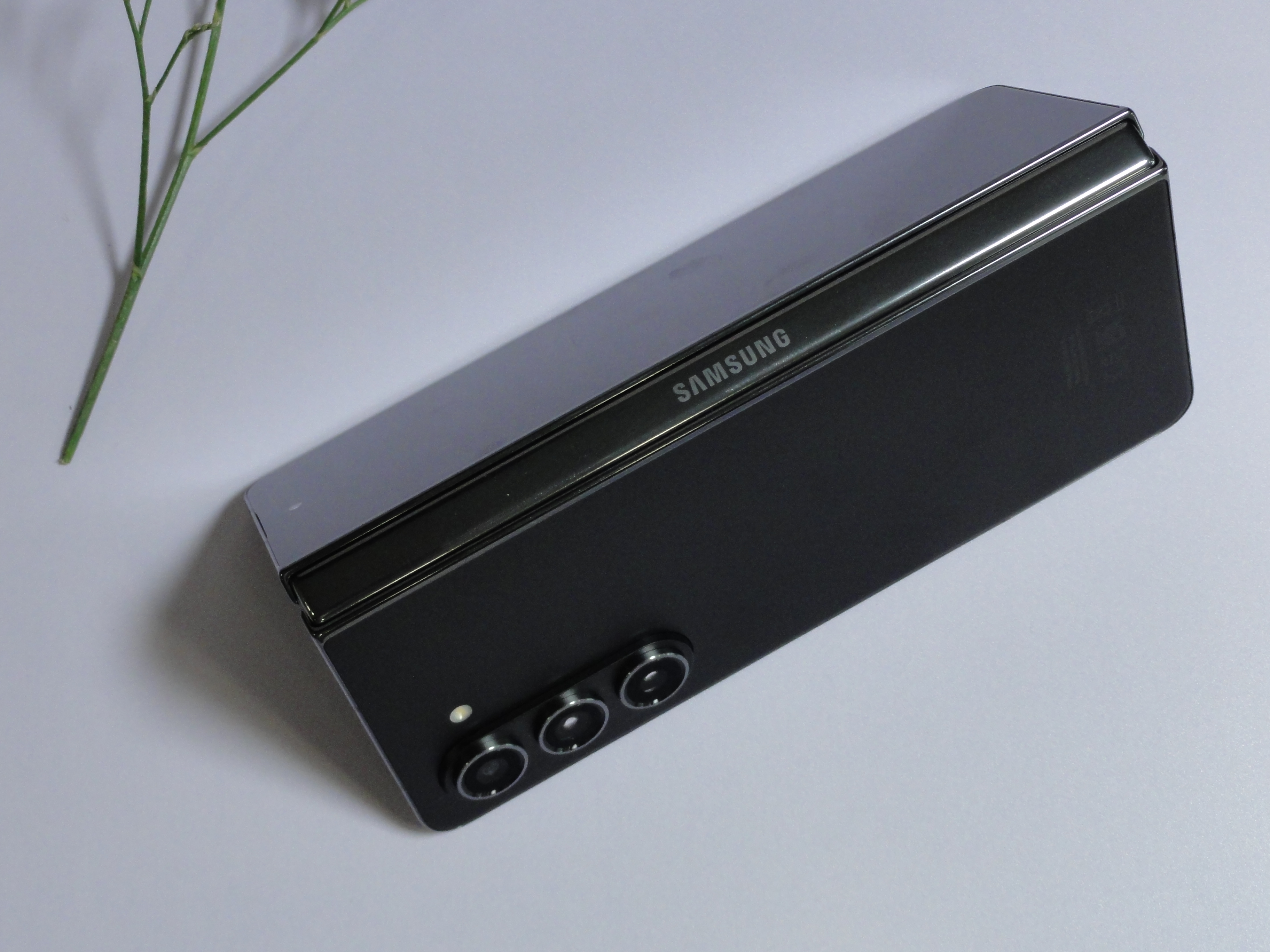
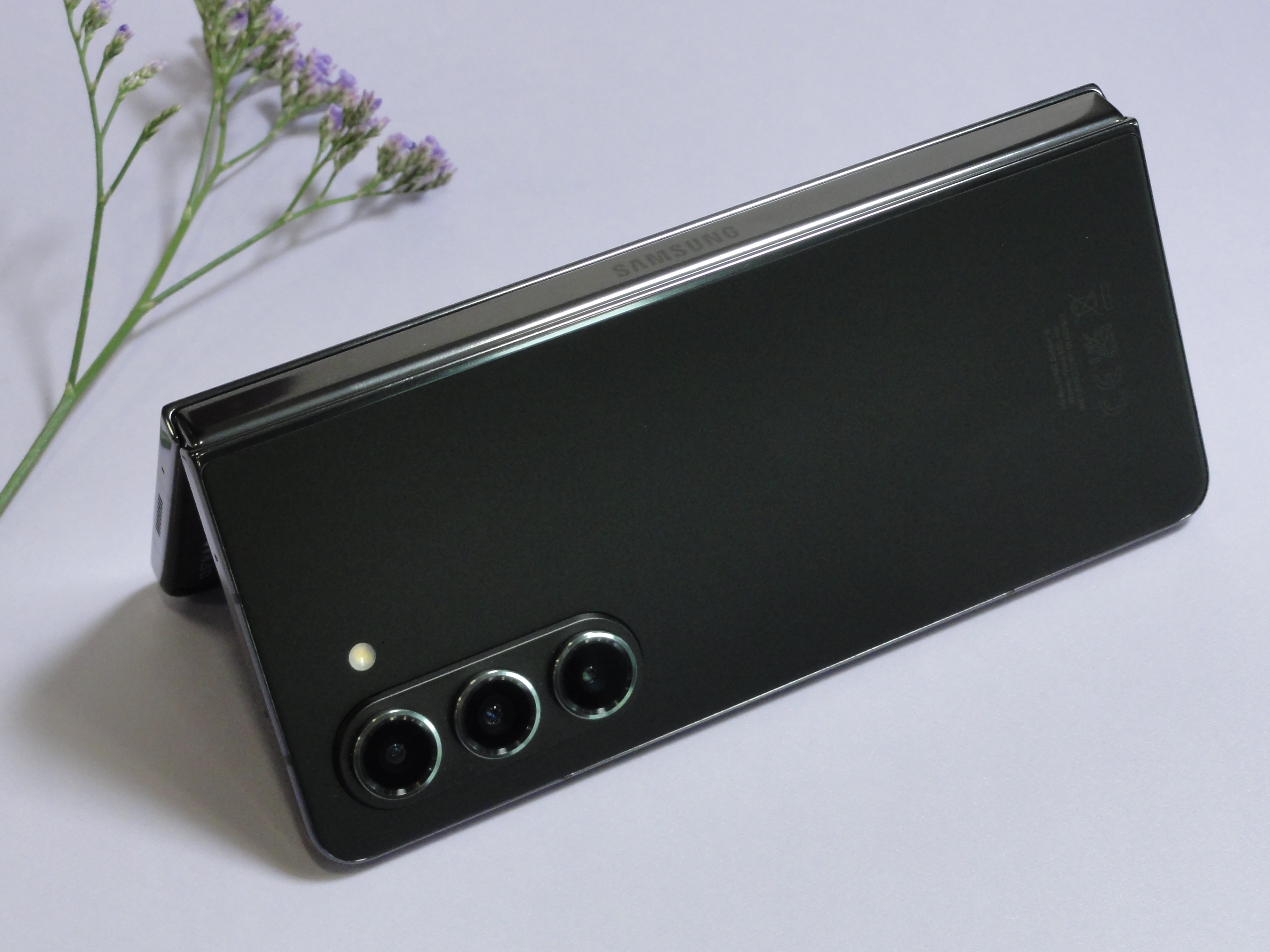
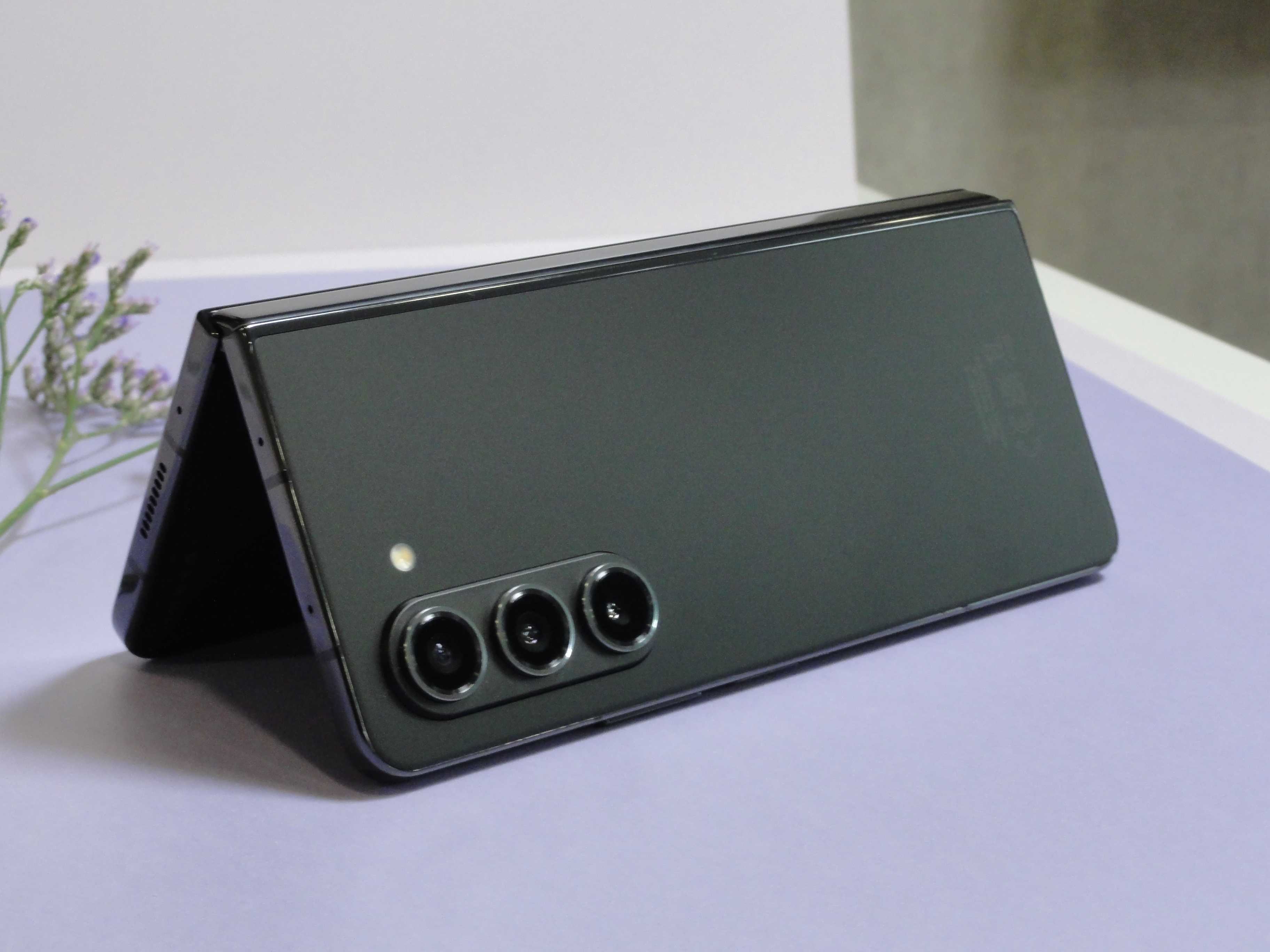
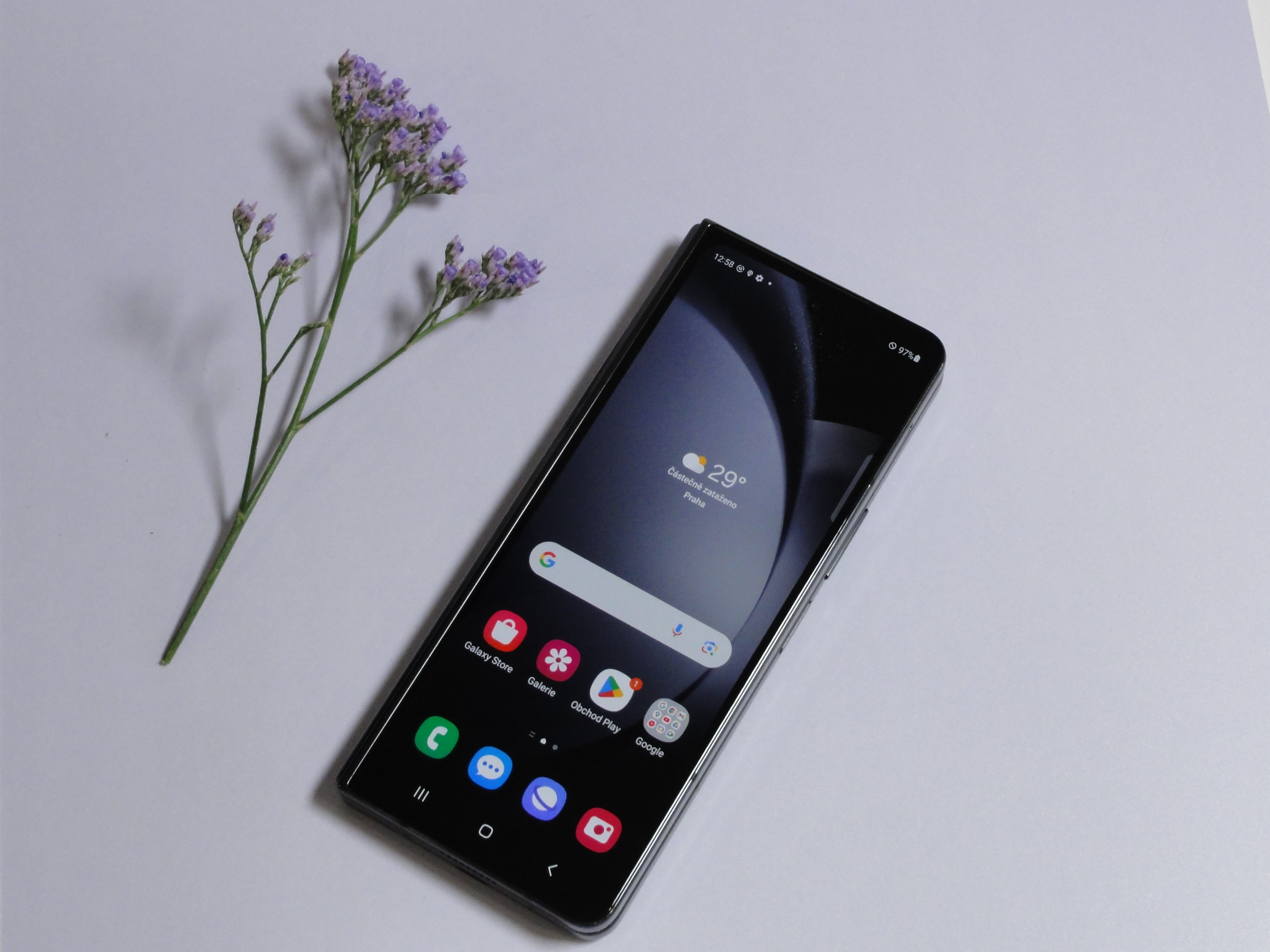
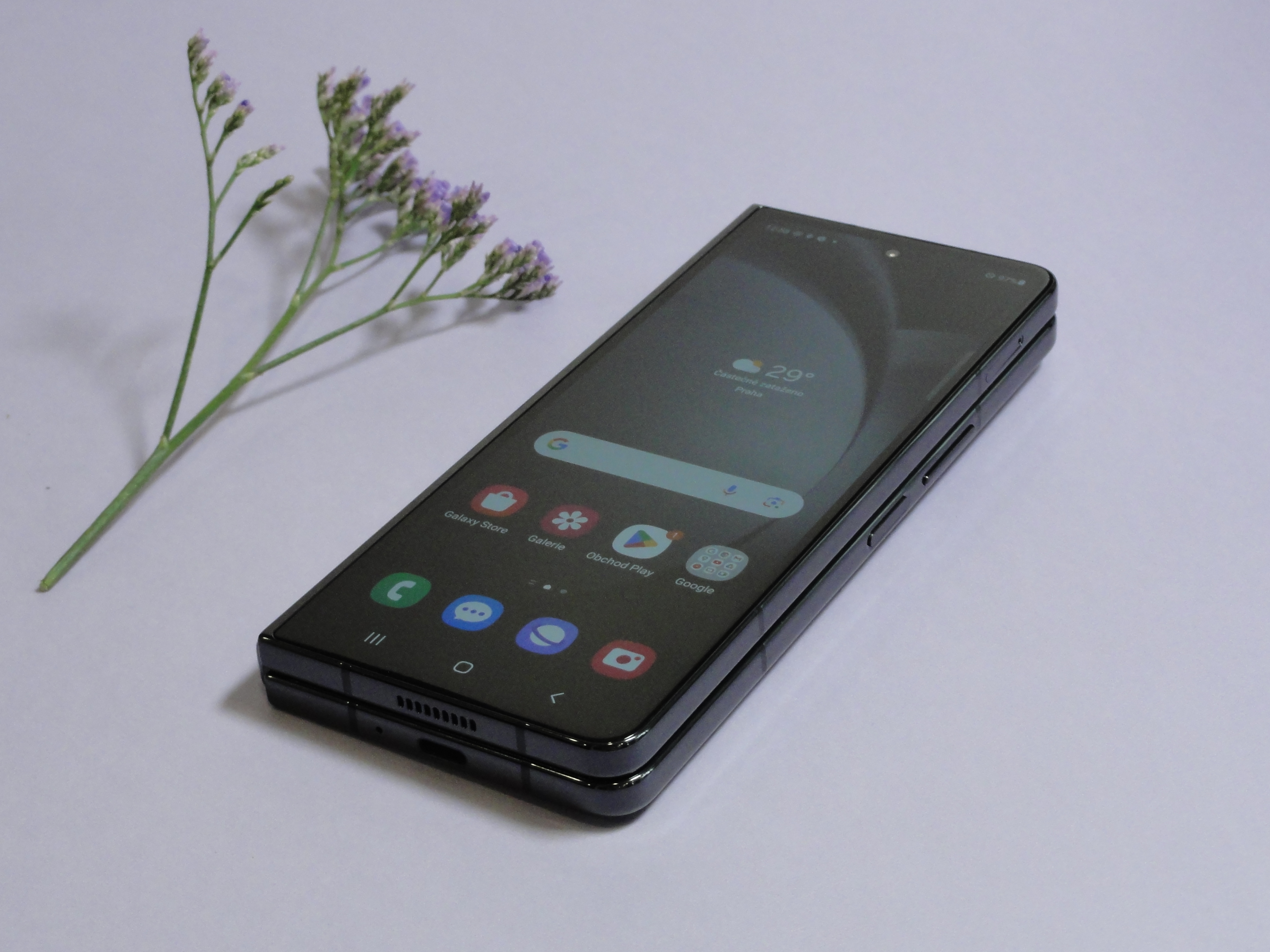
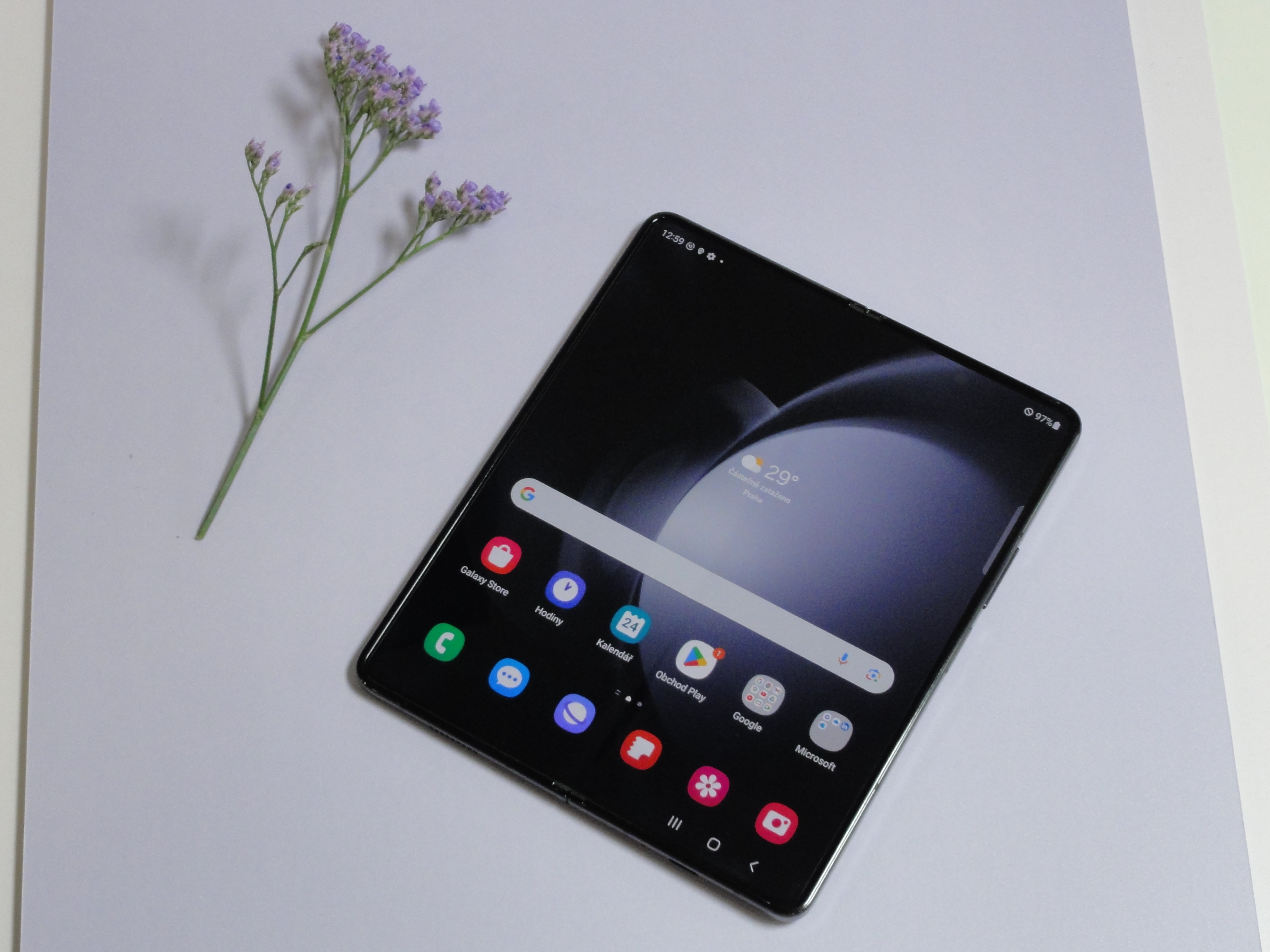
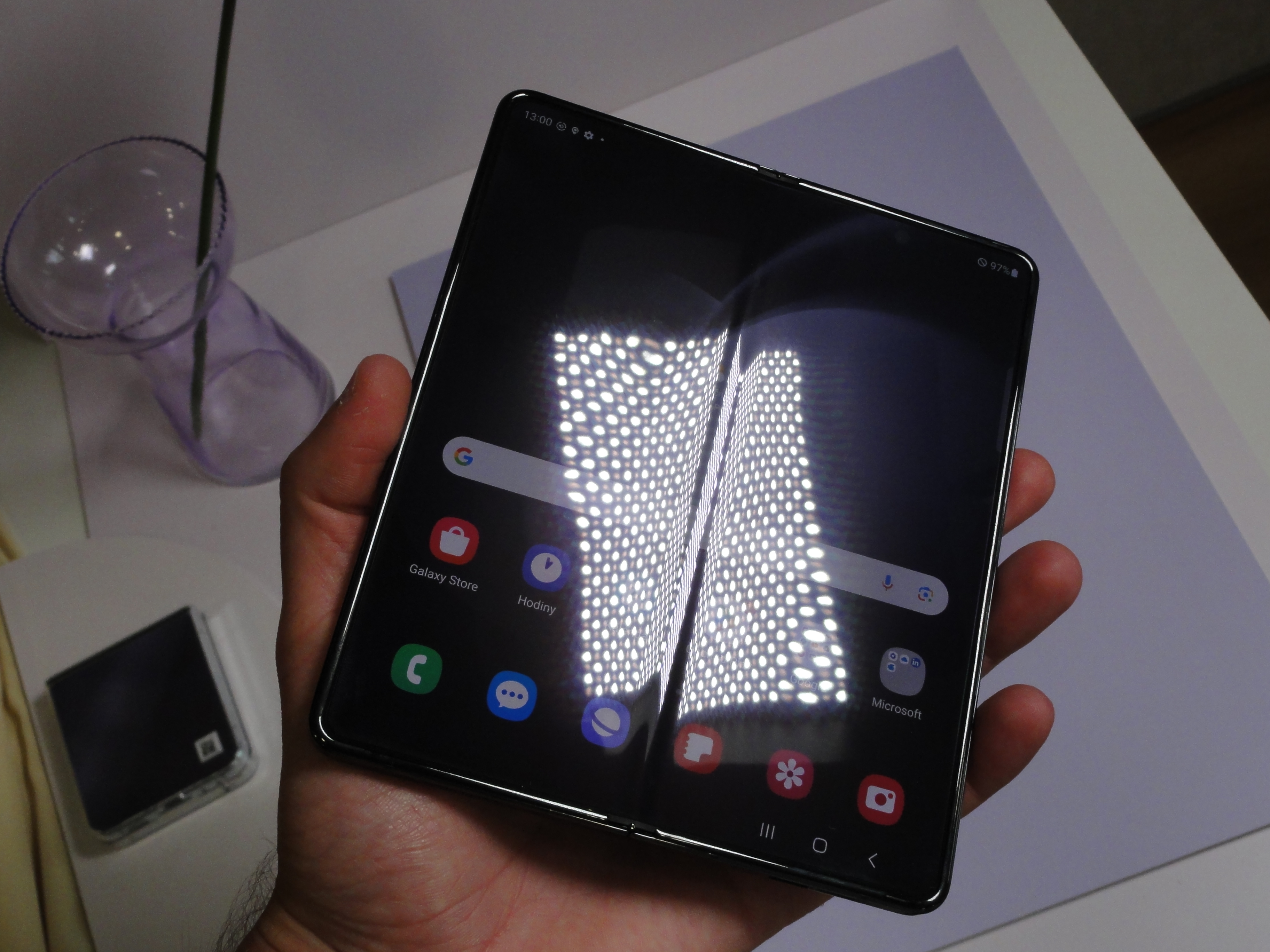
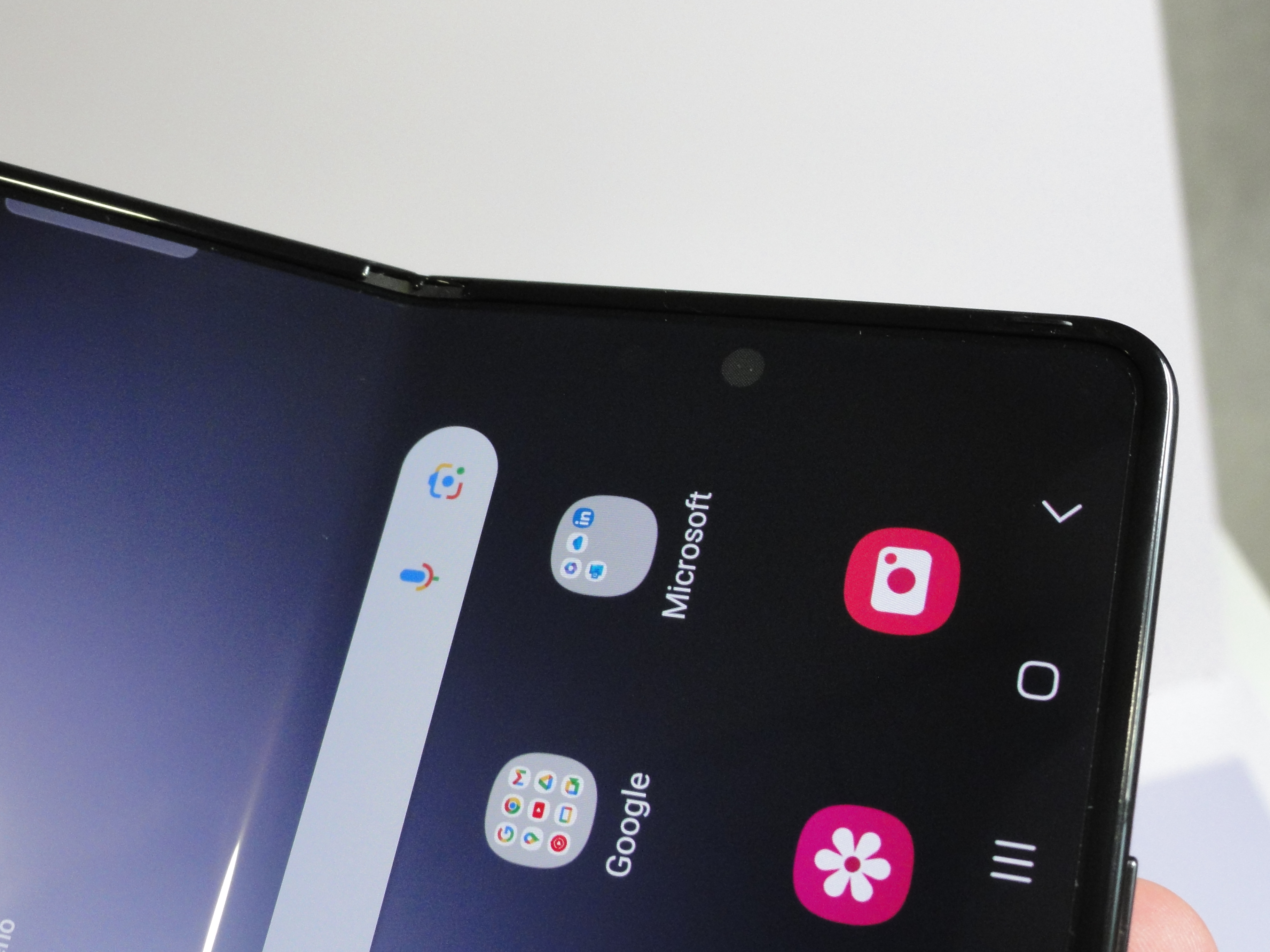
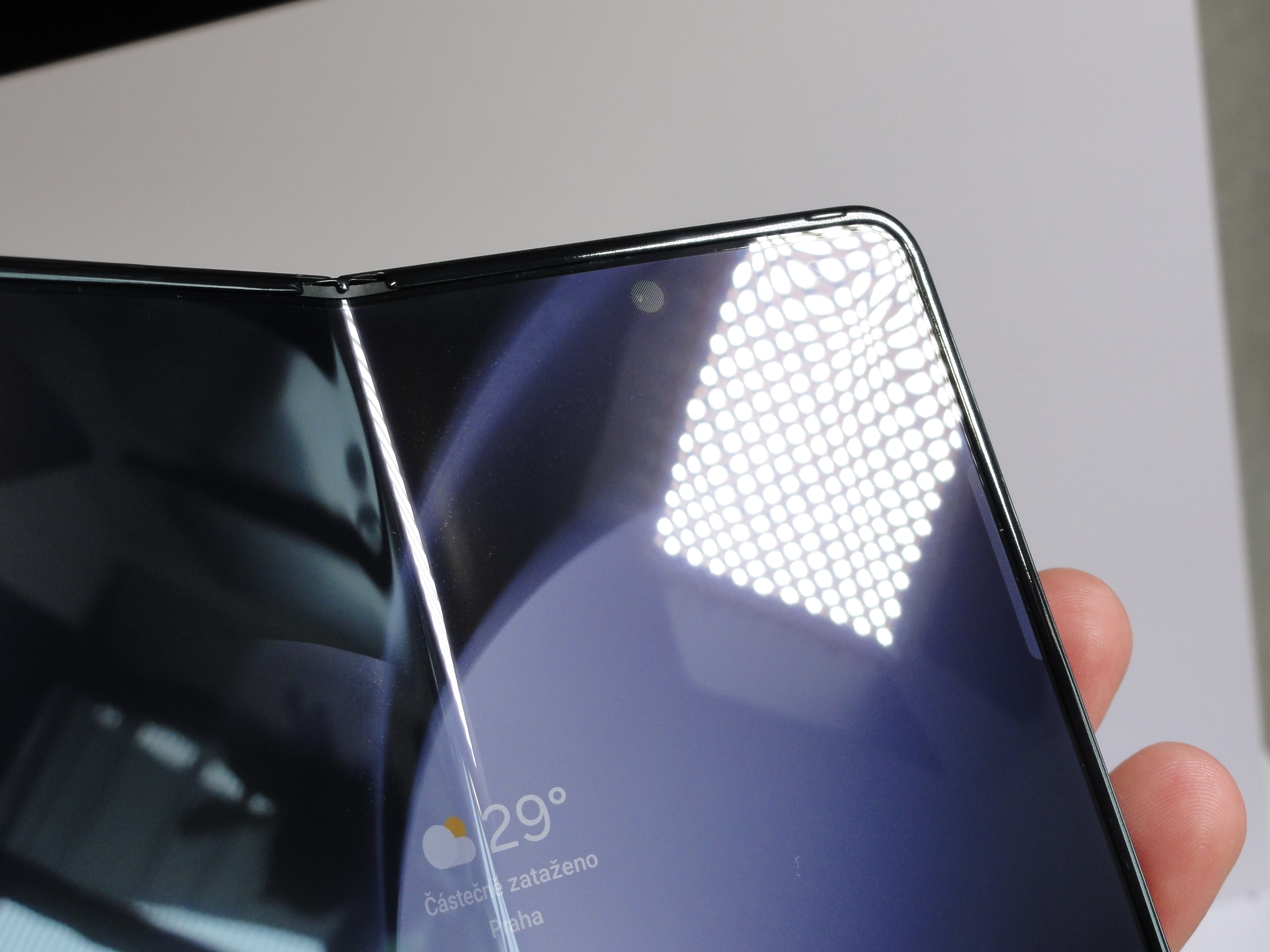
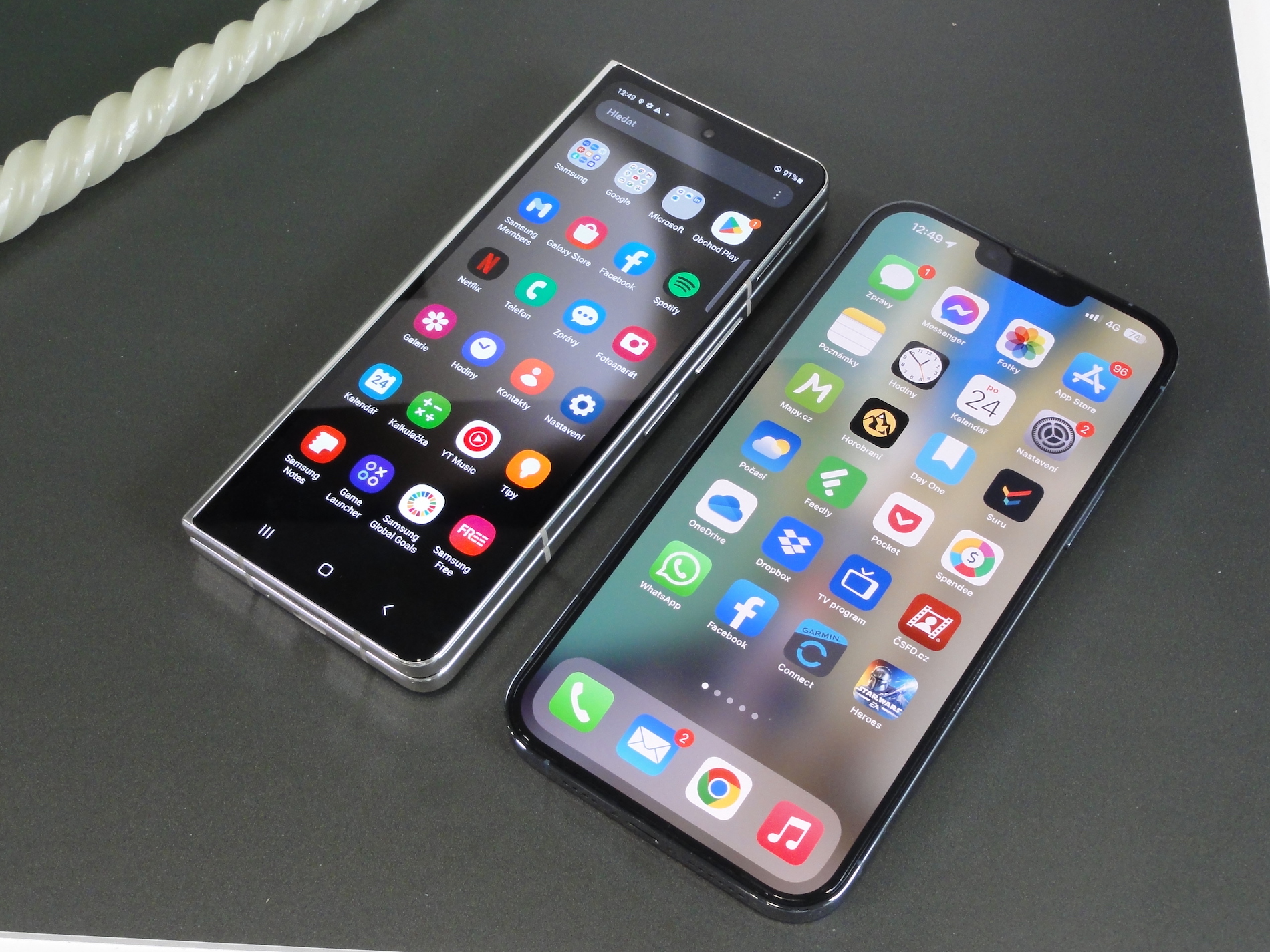
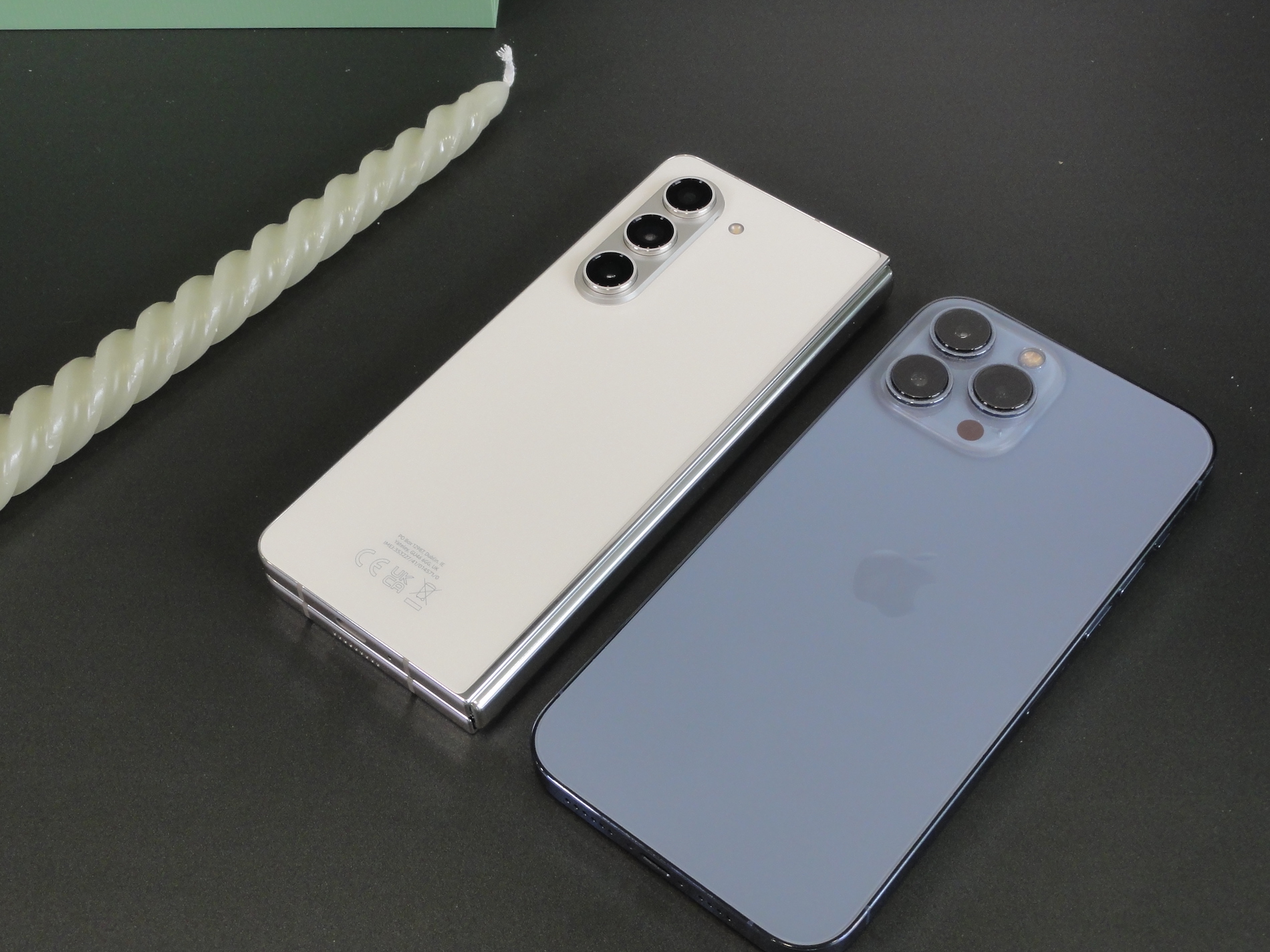
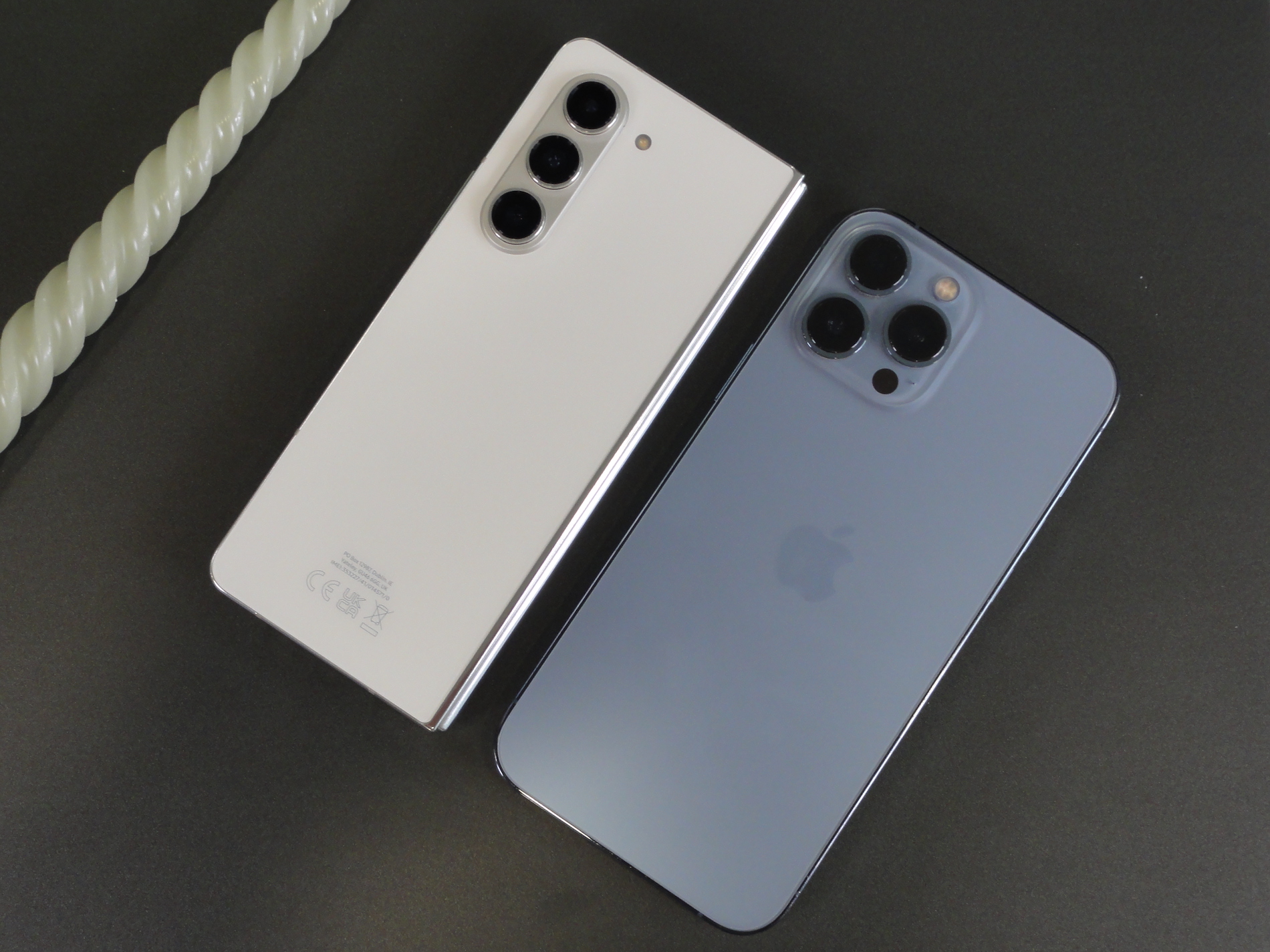
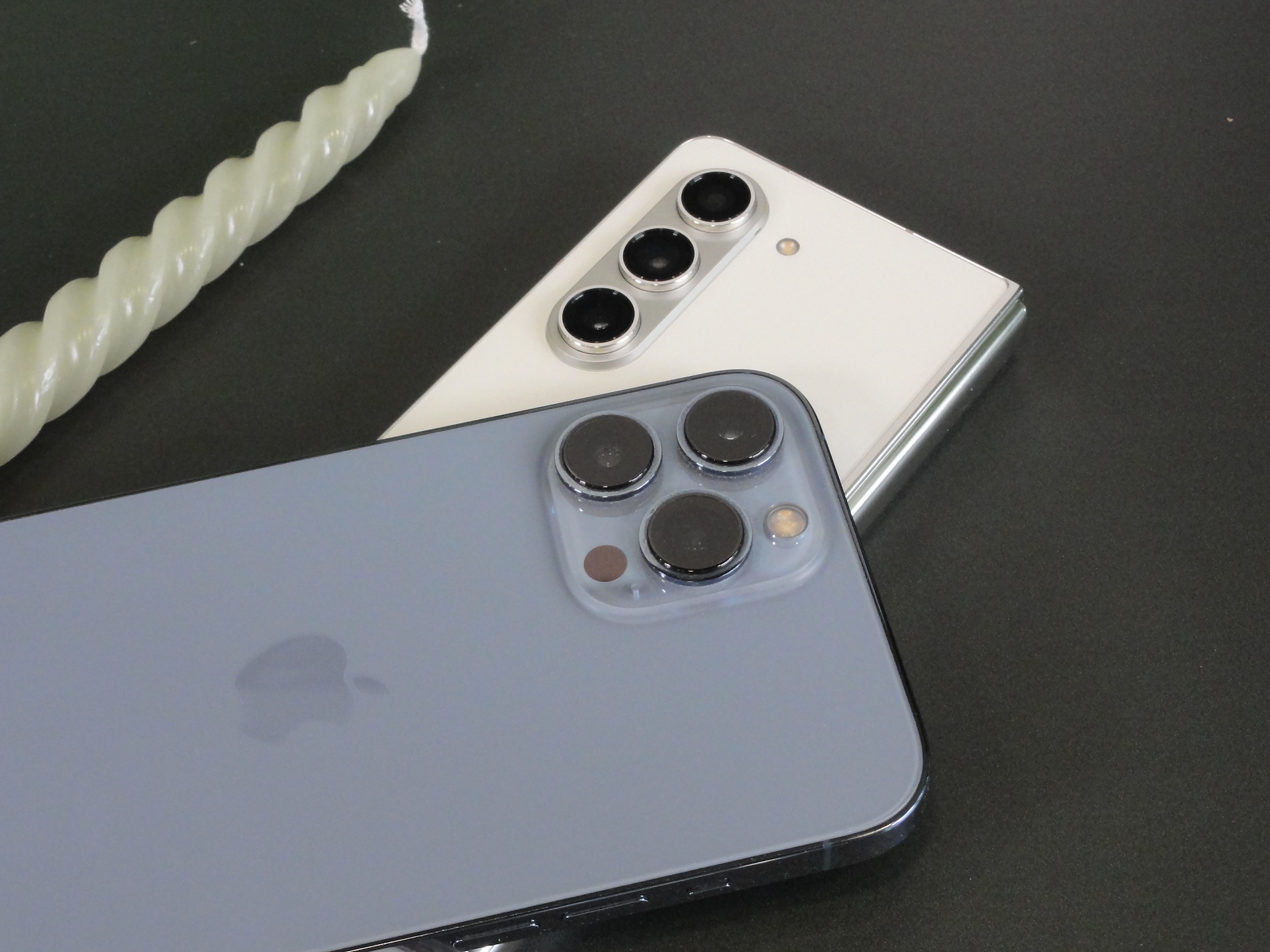
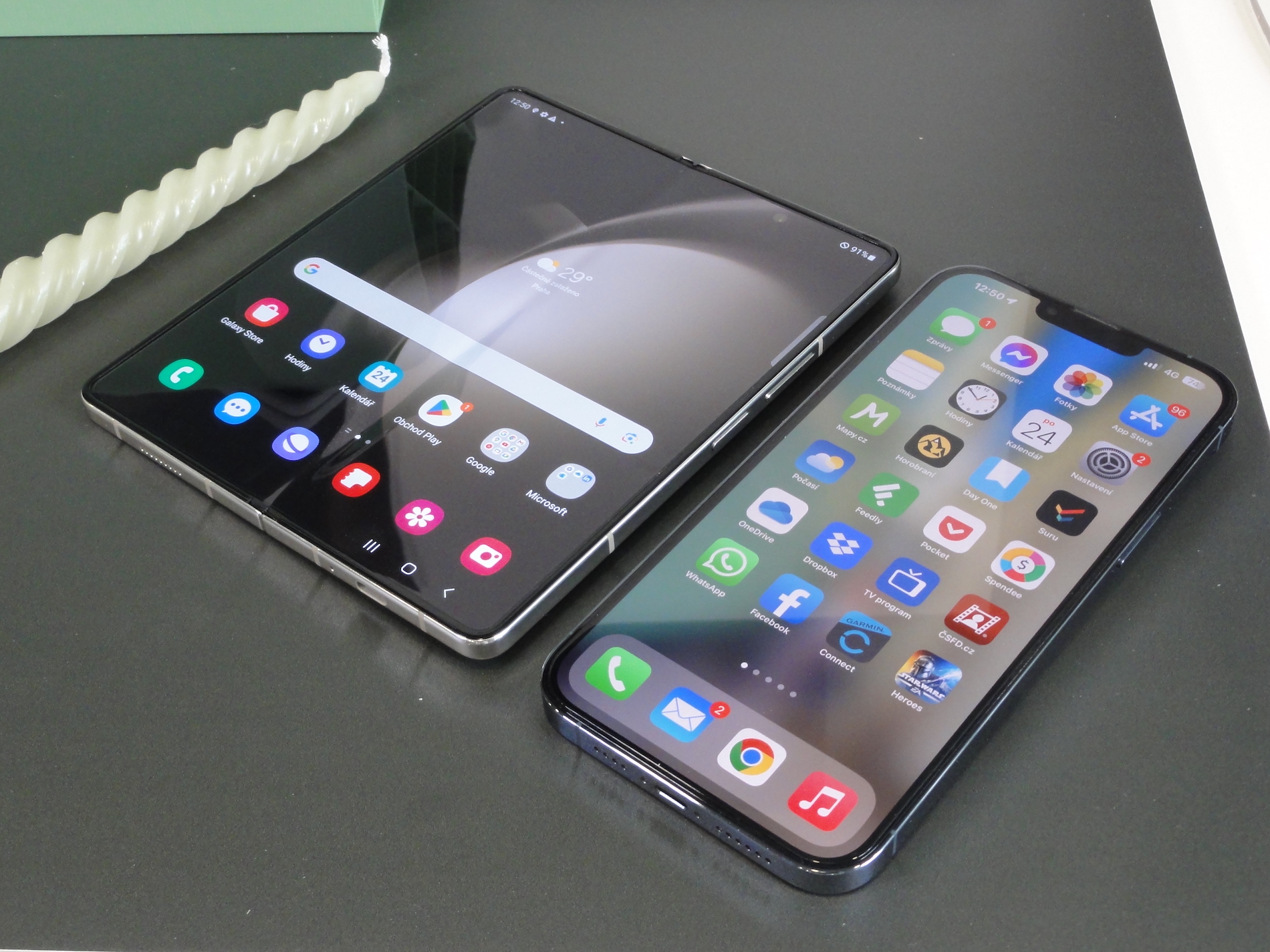
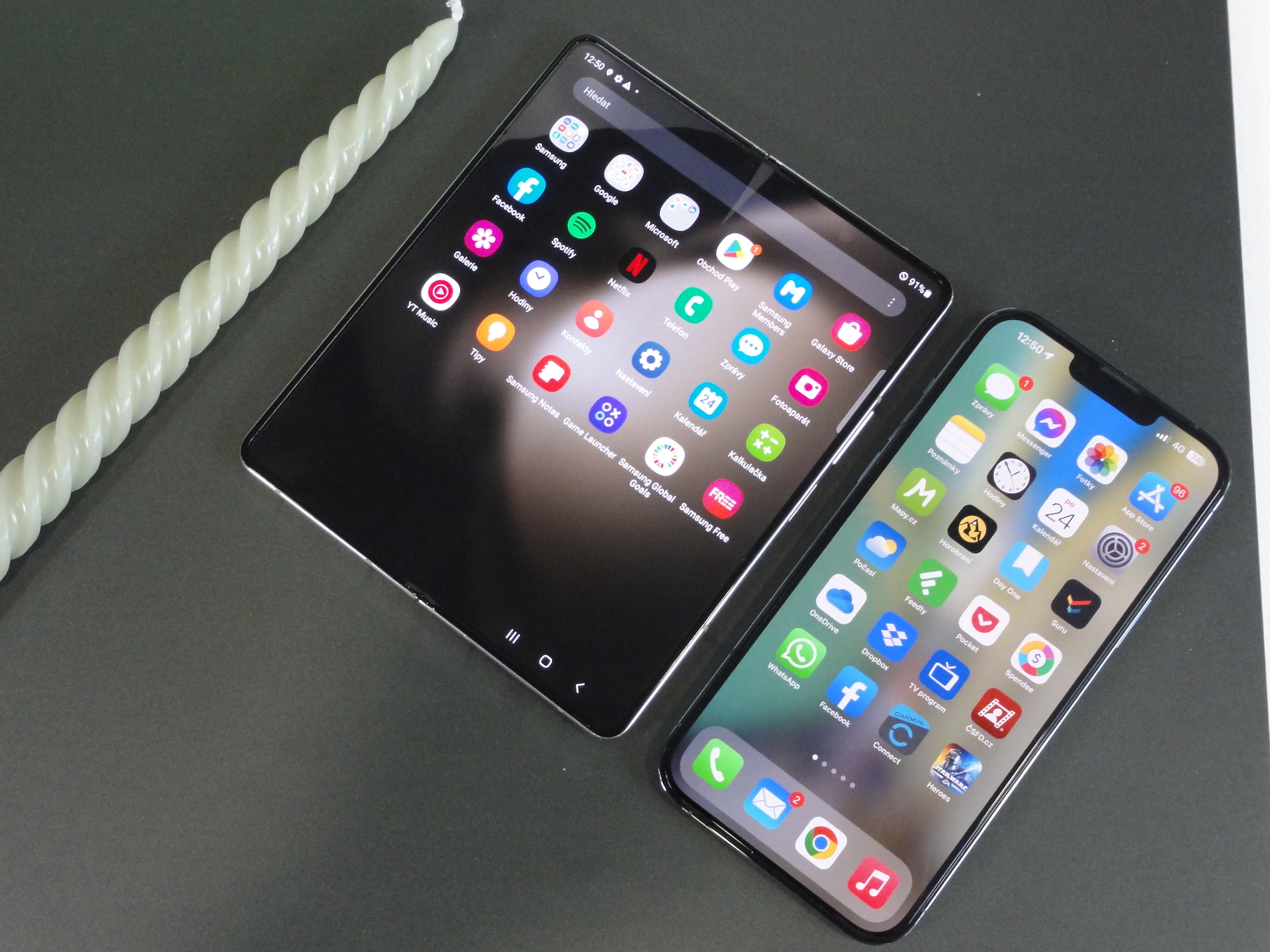
 Adam Kos
Adam Kos 
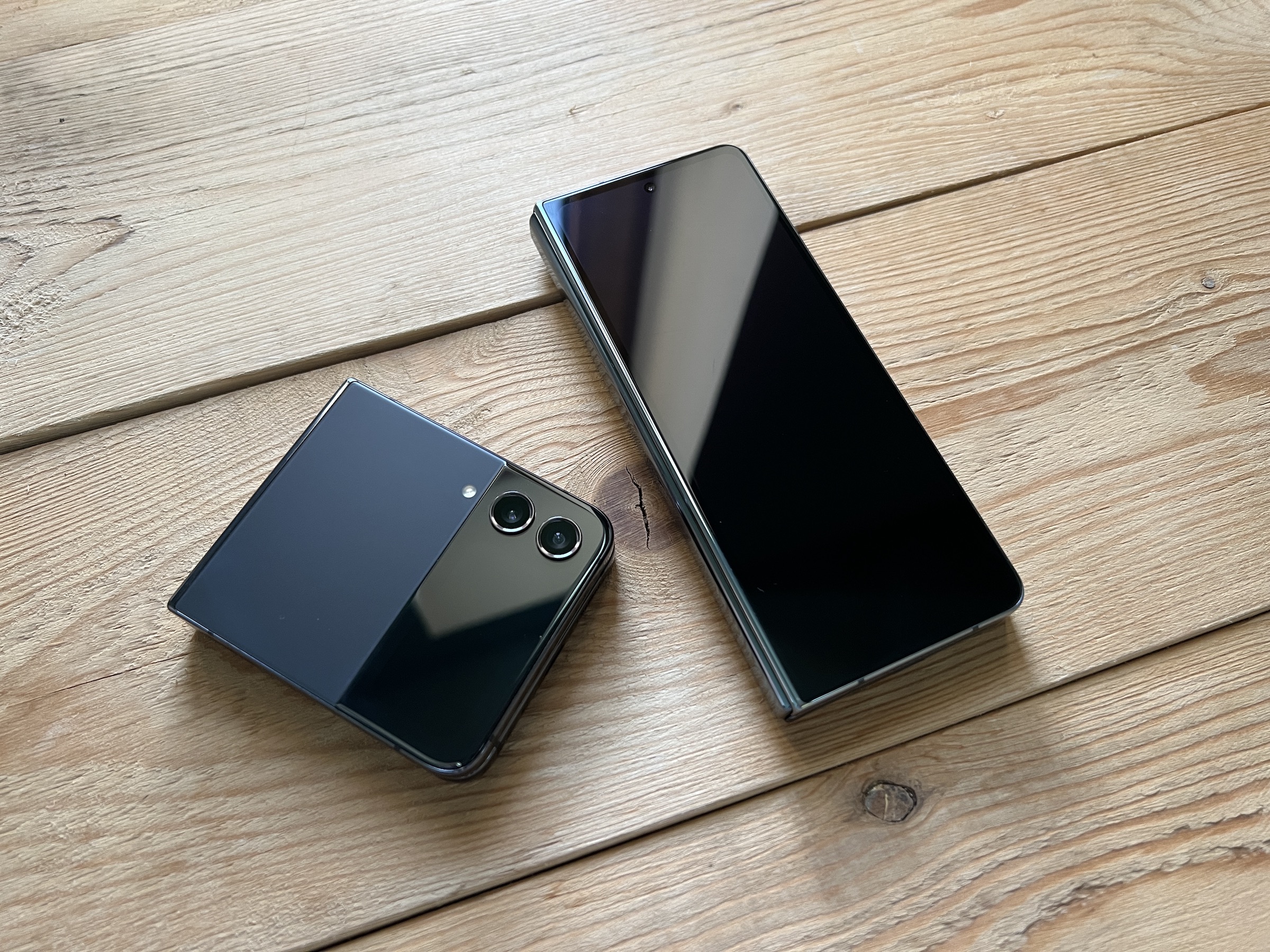
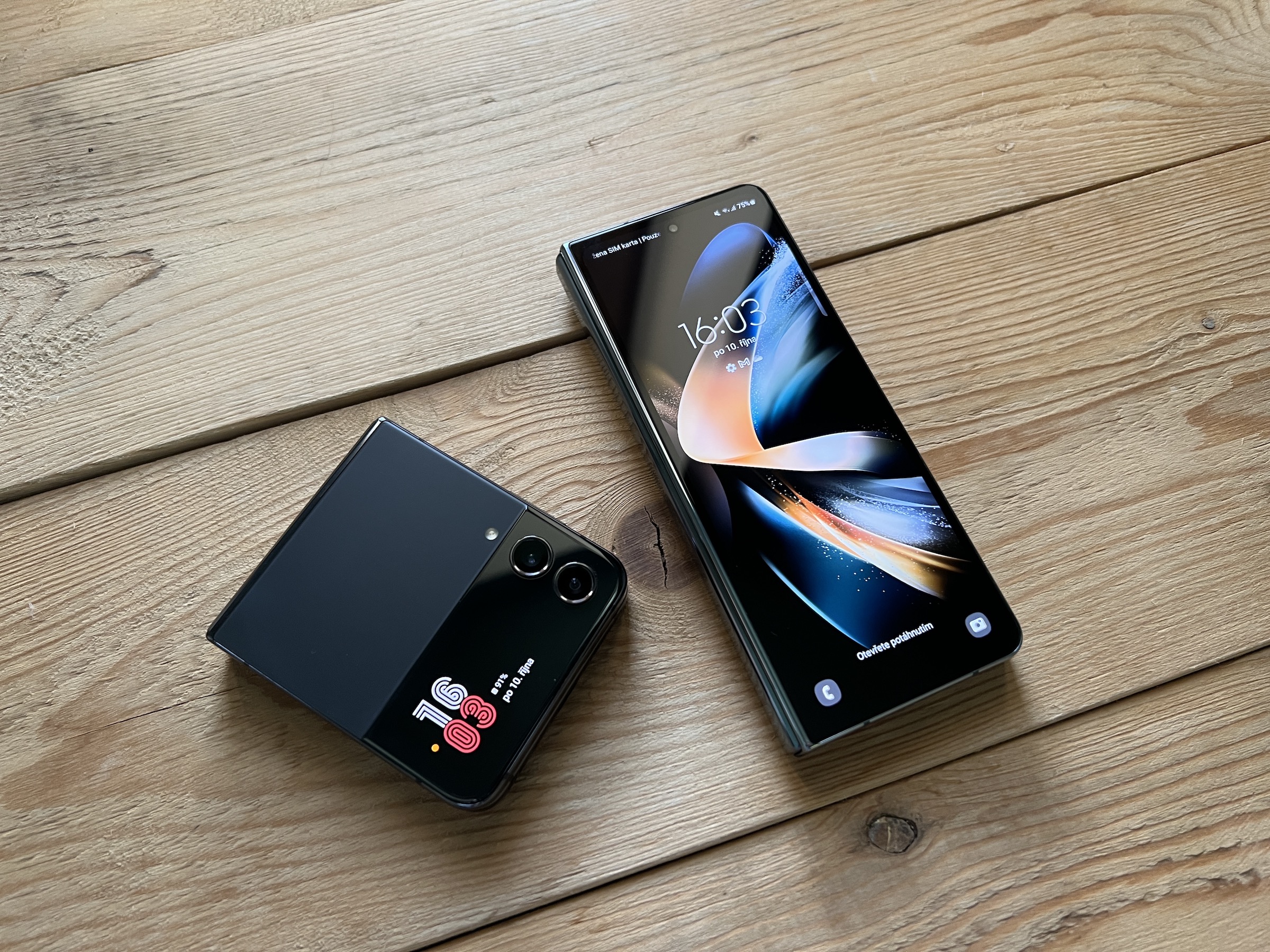
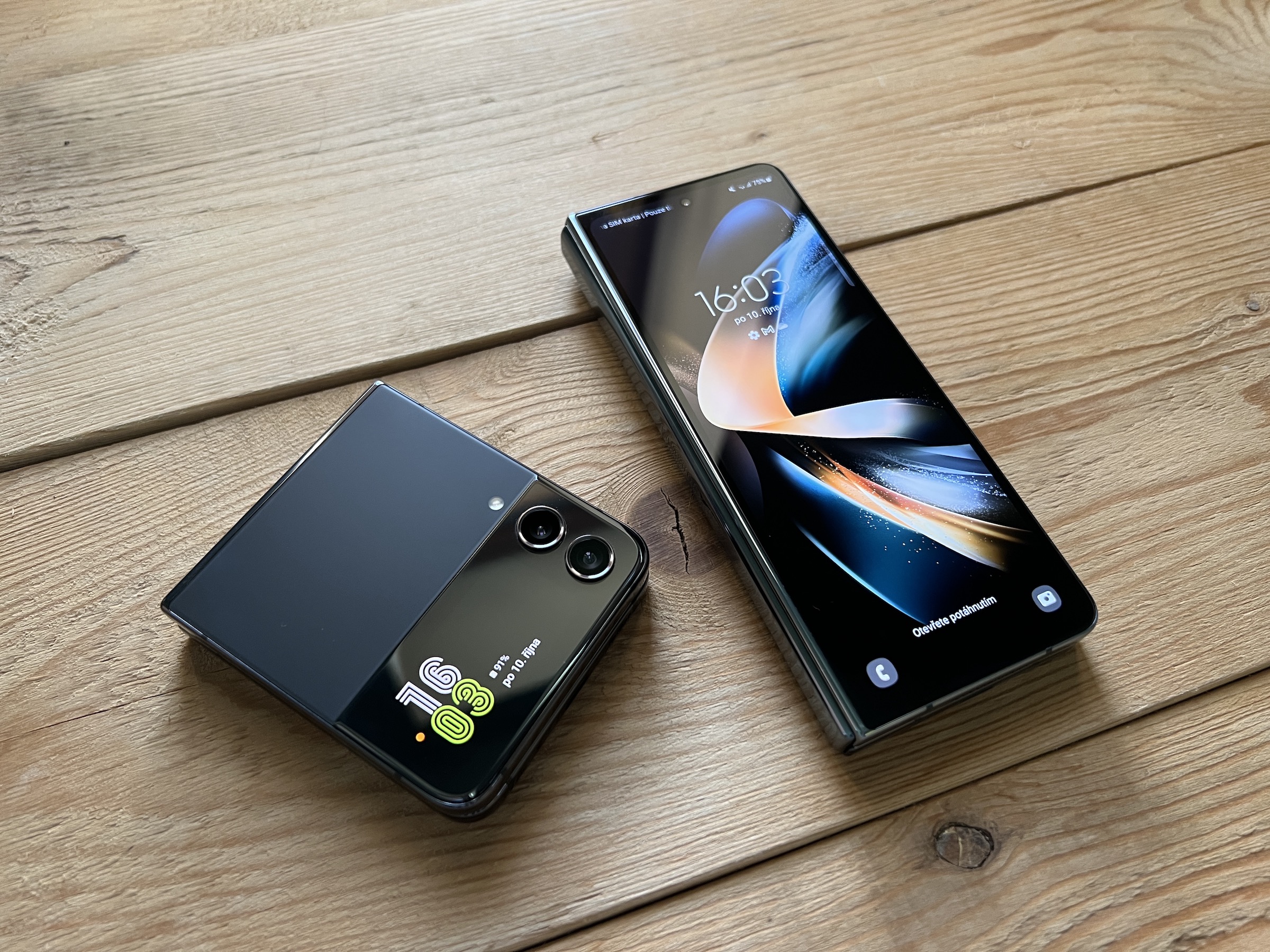
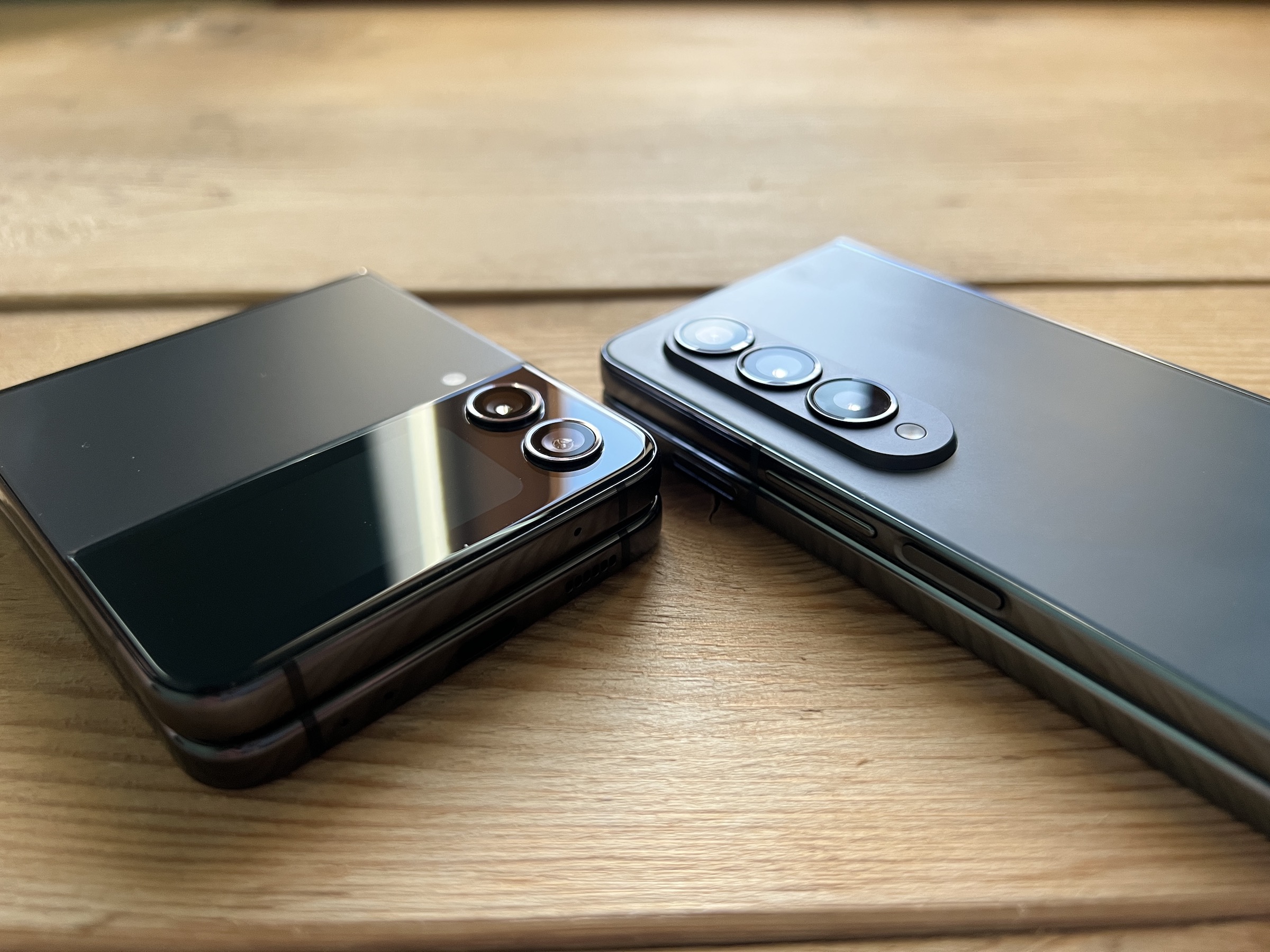

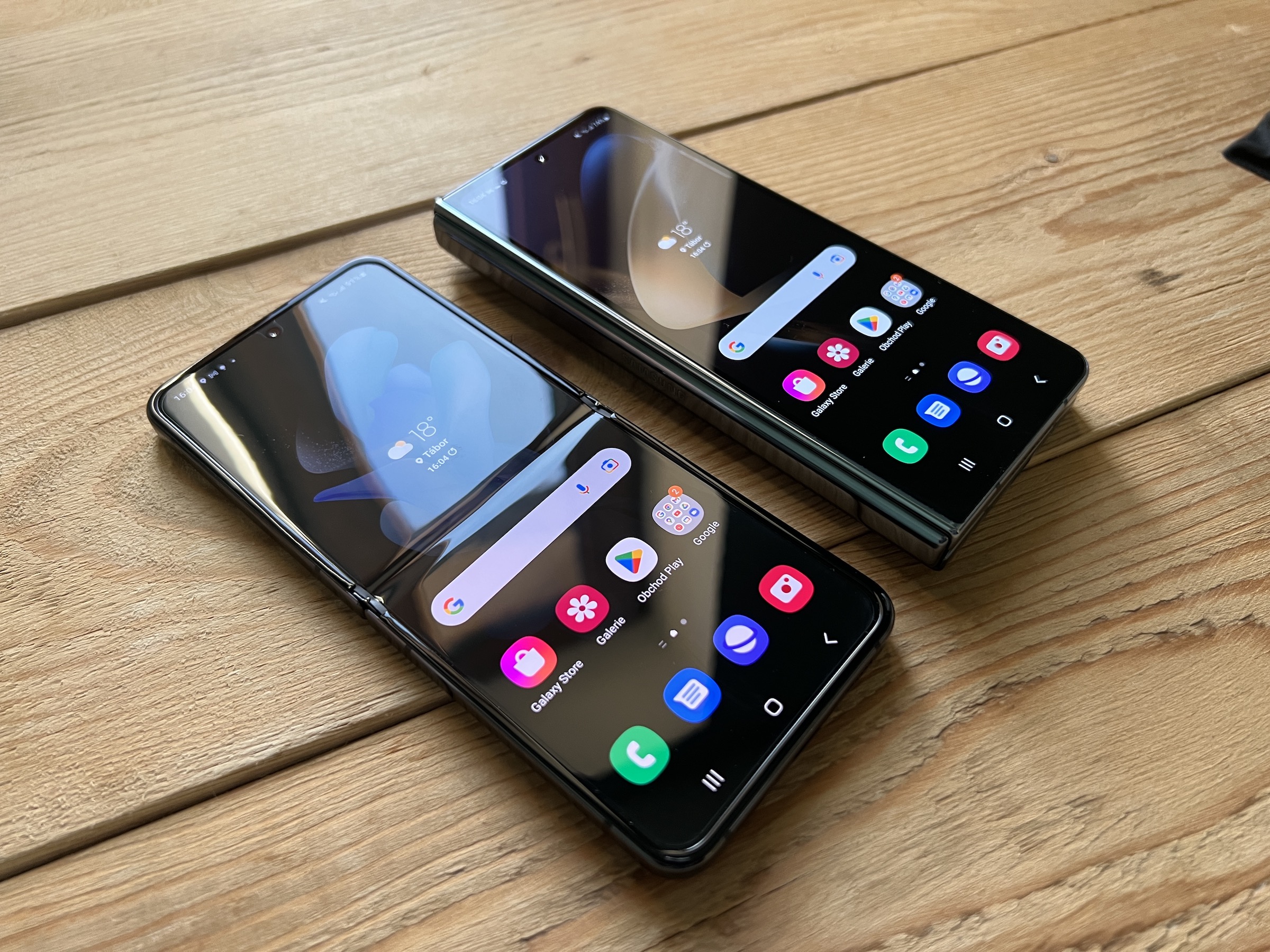
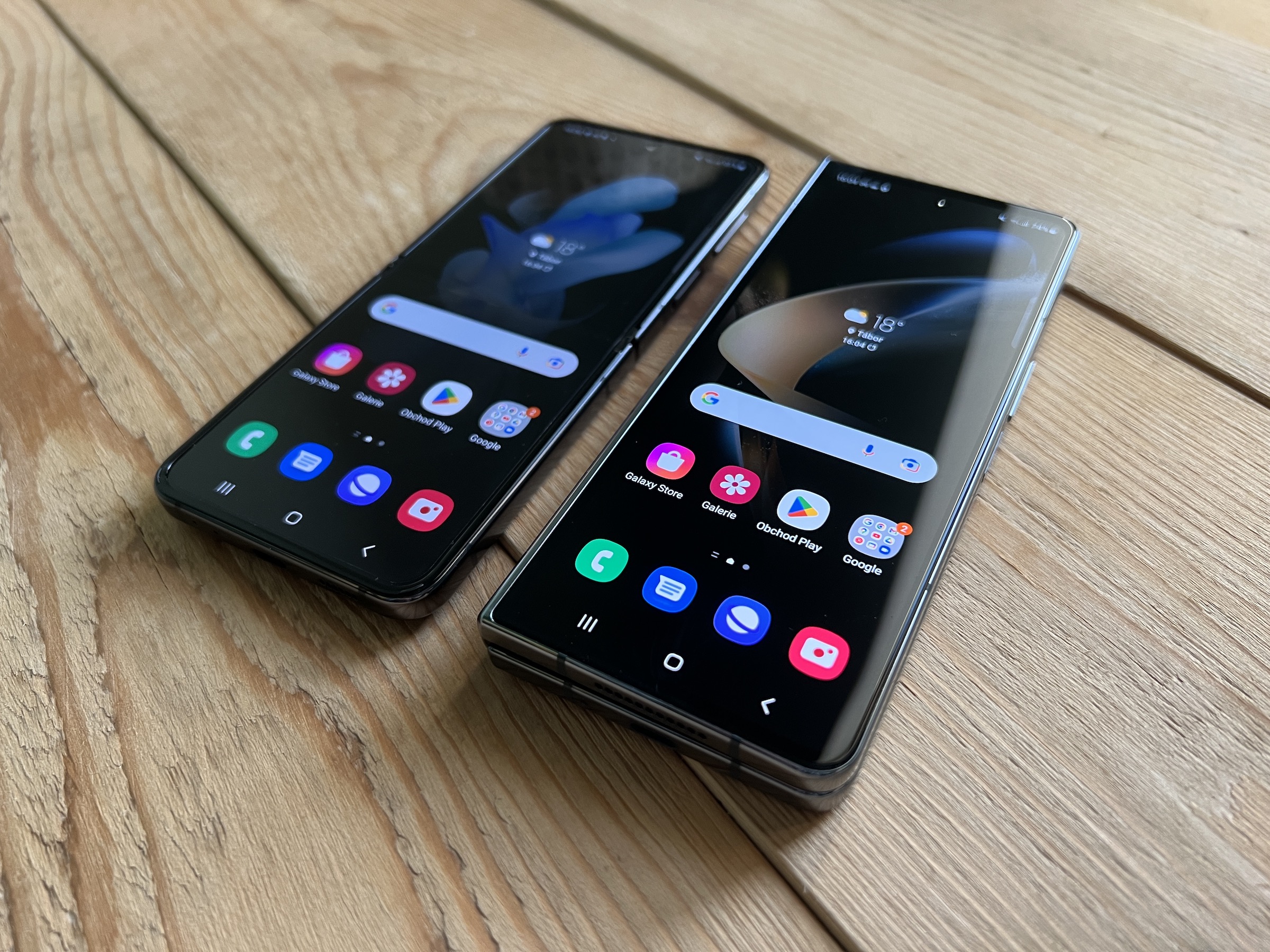
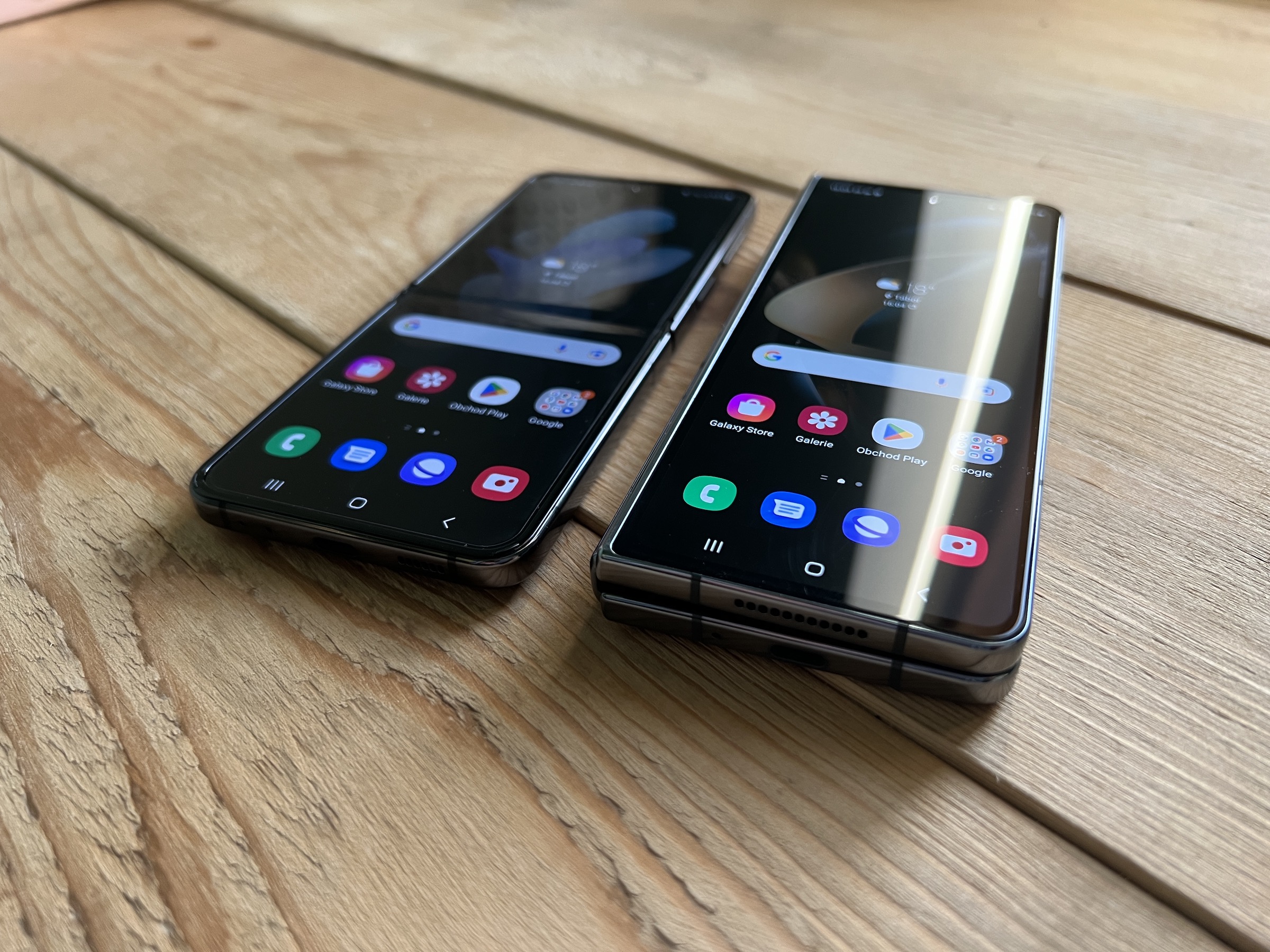
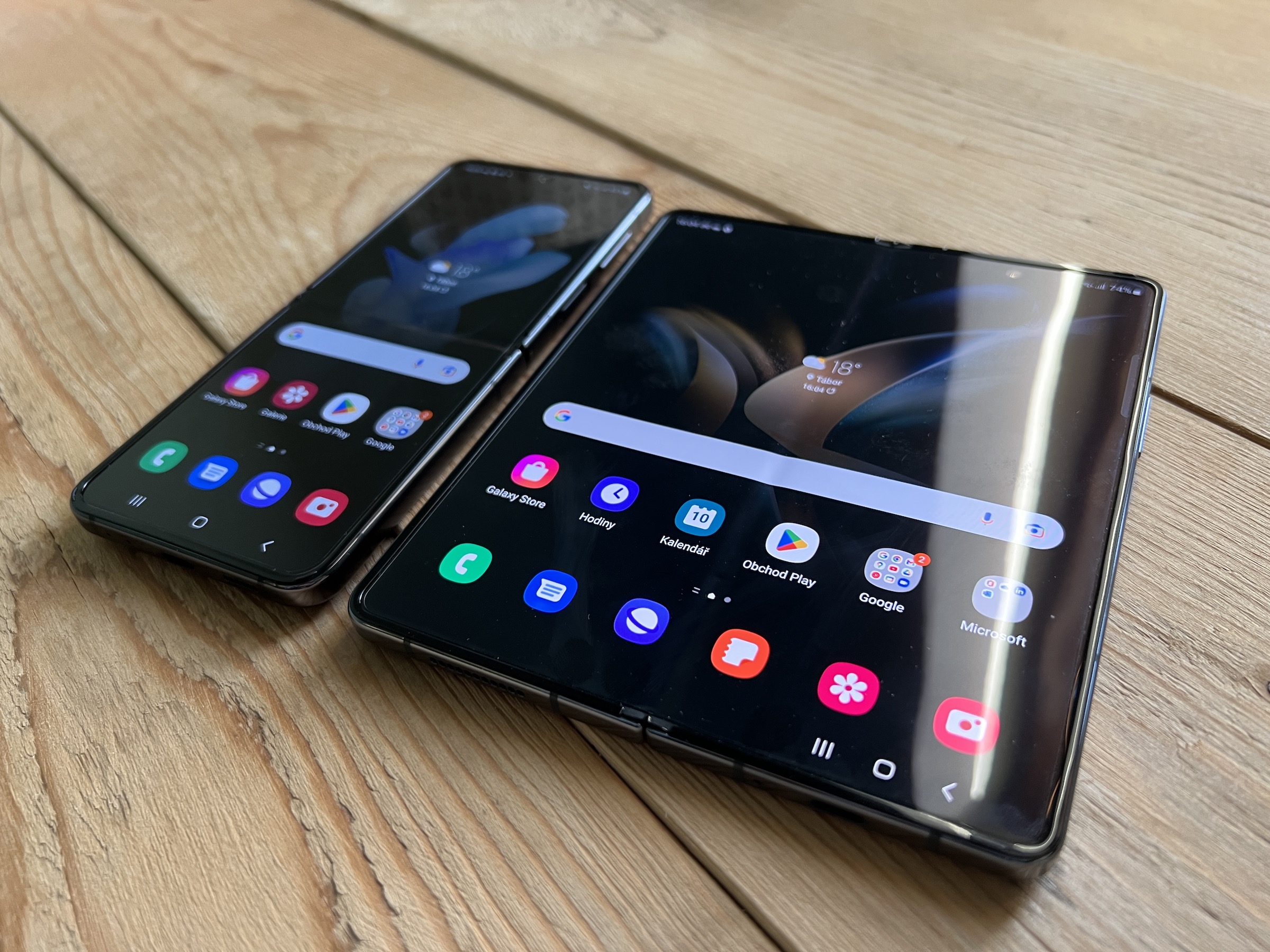
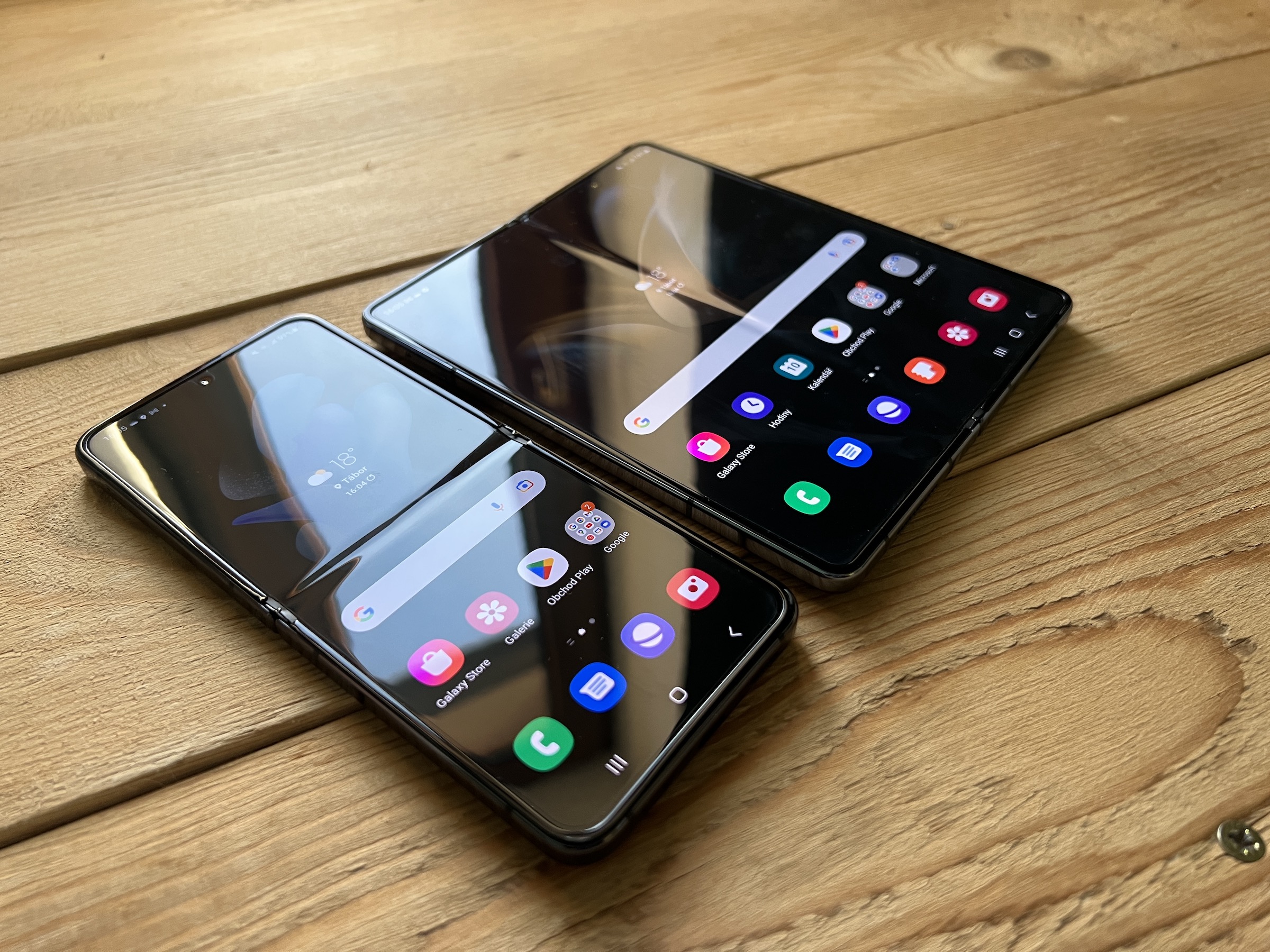
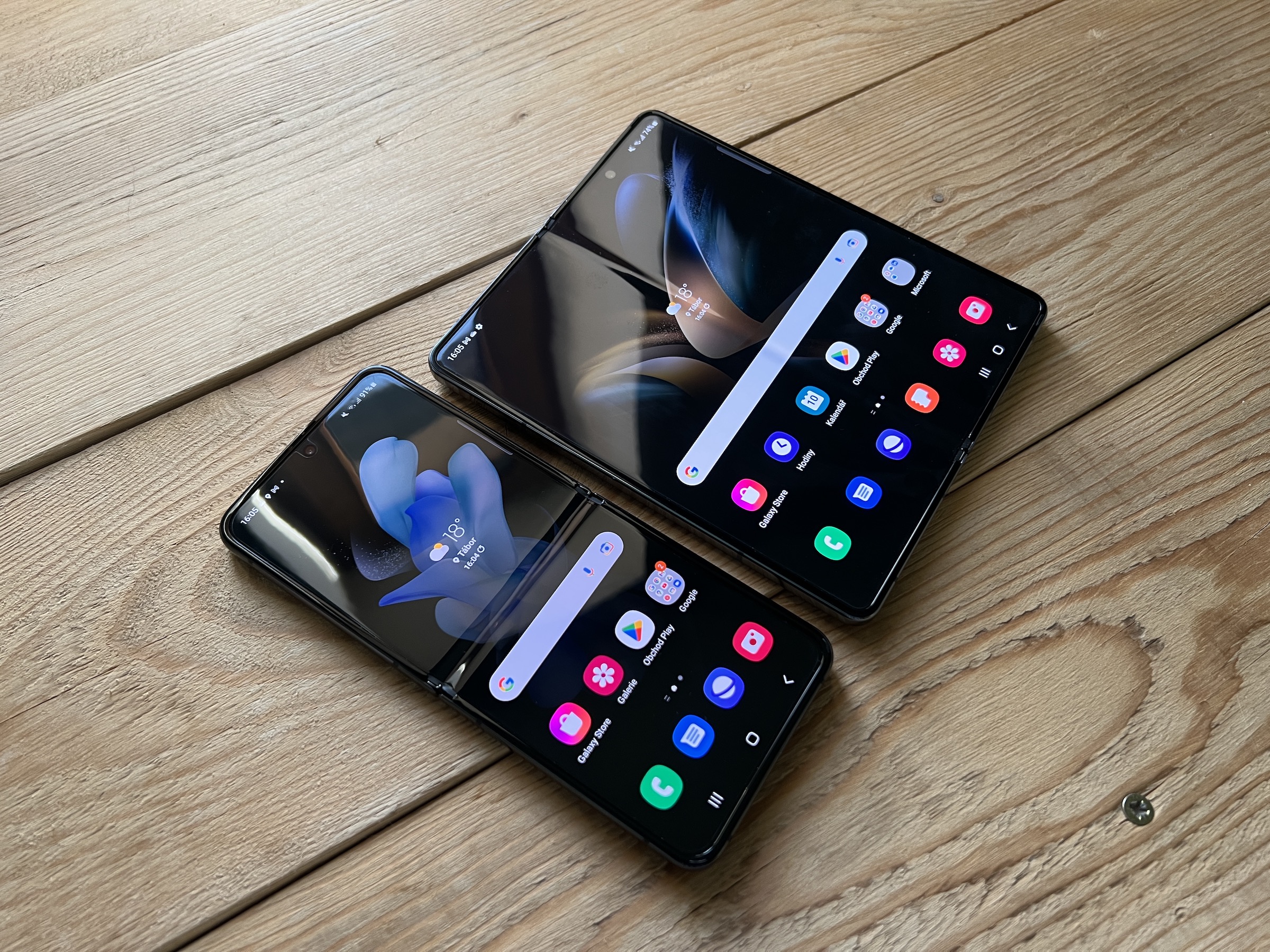

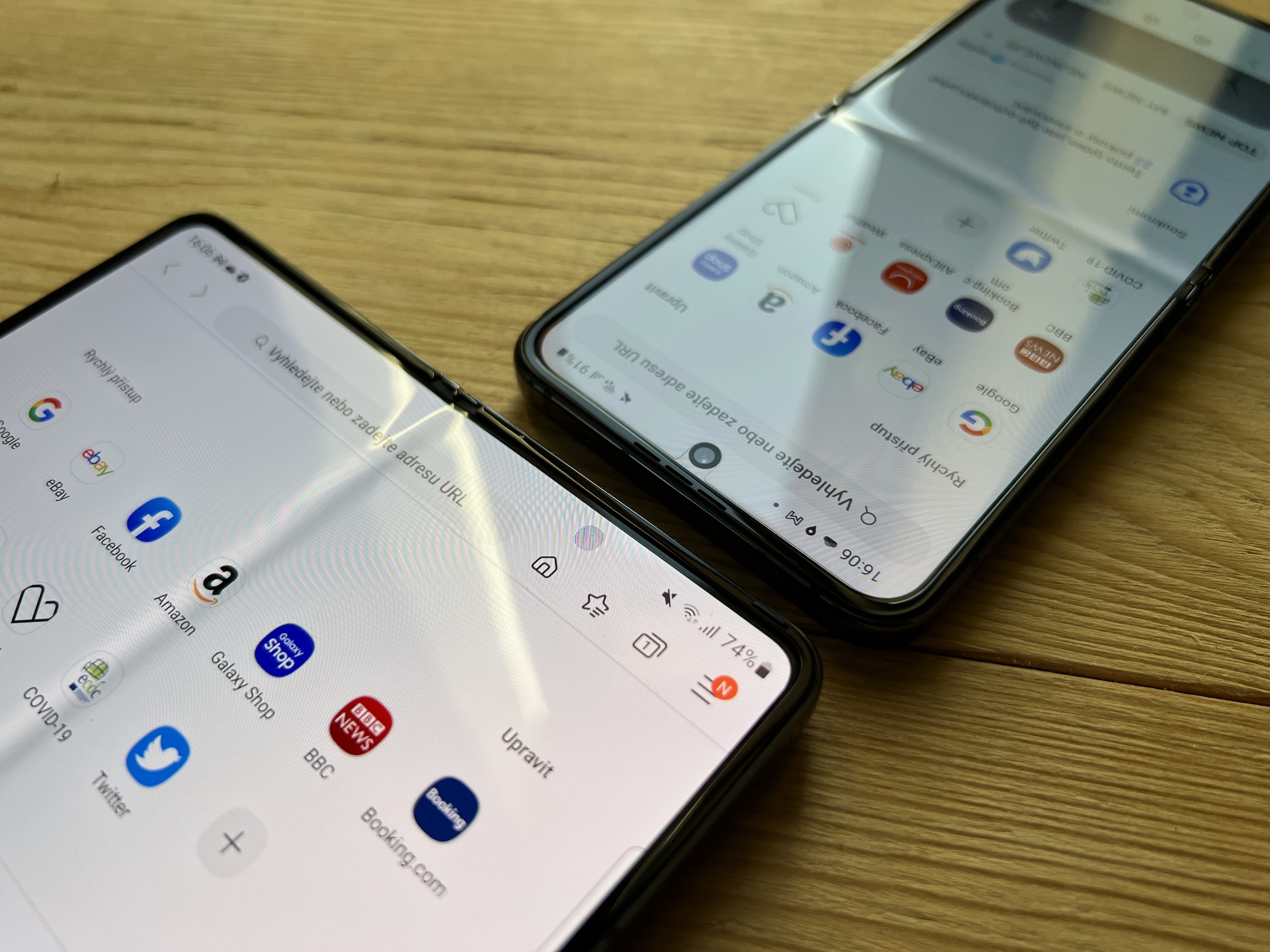
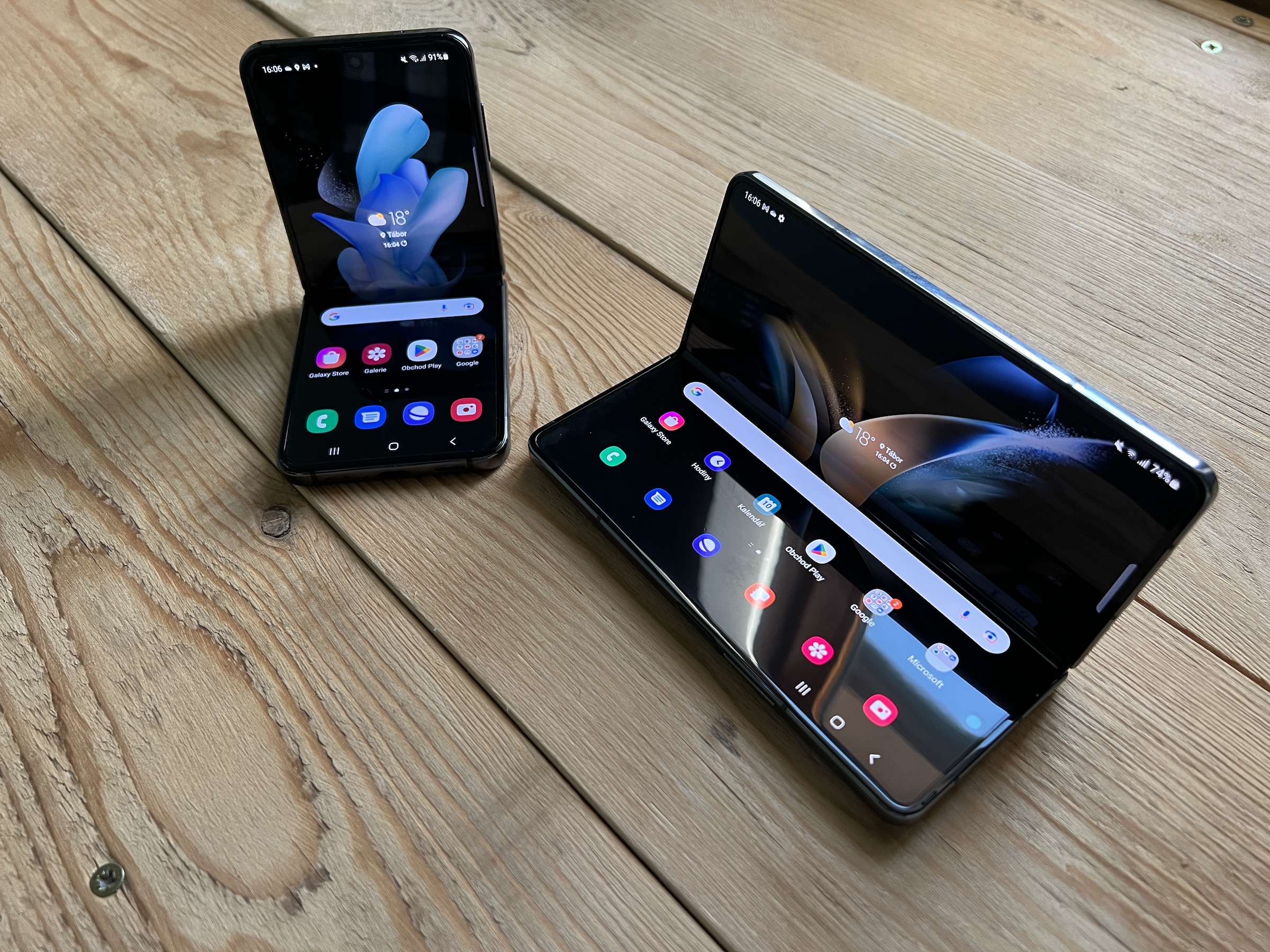

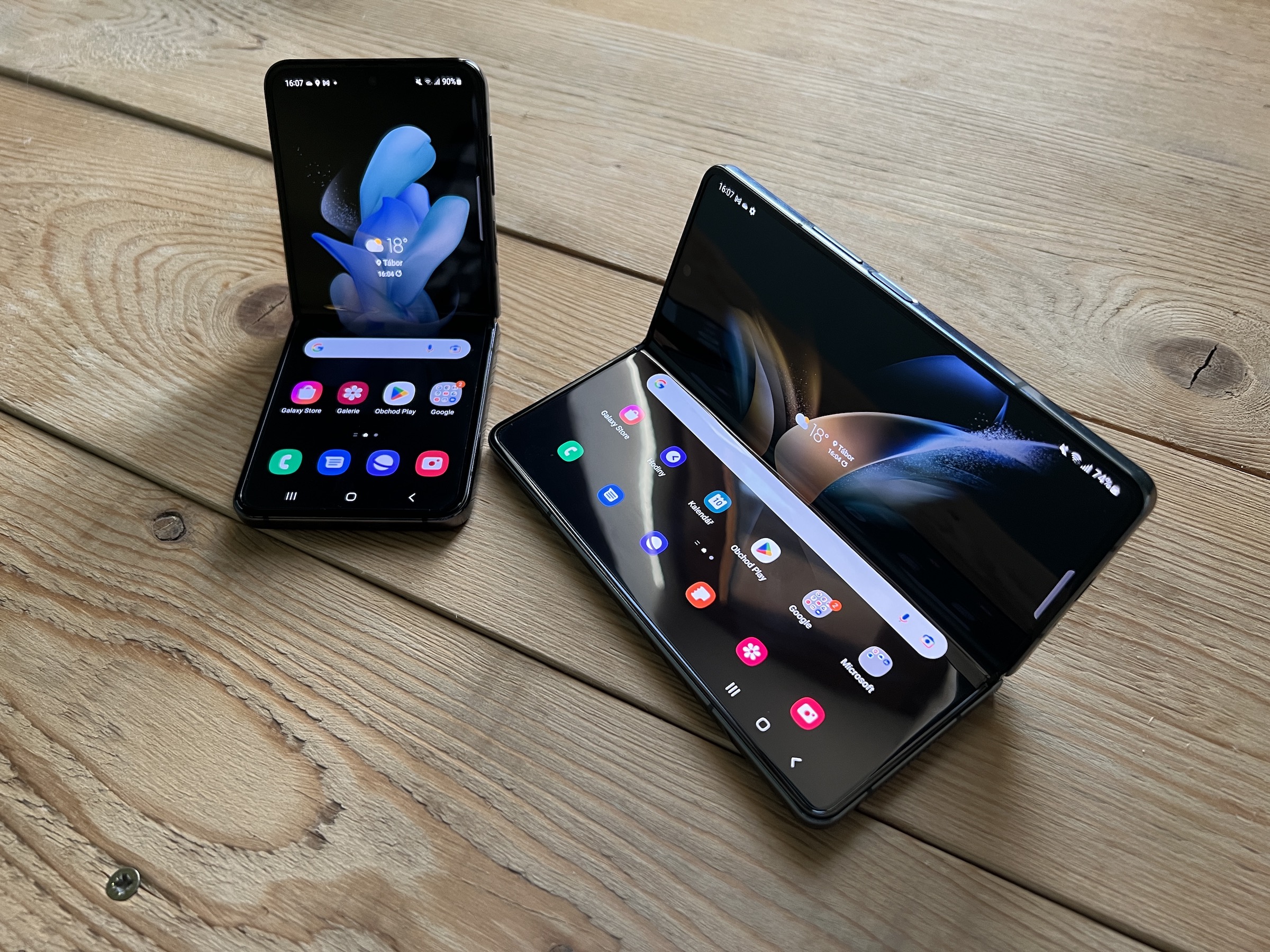
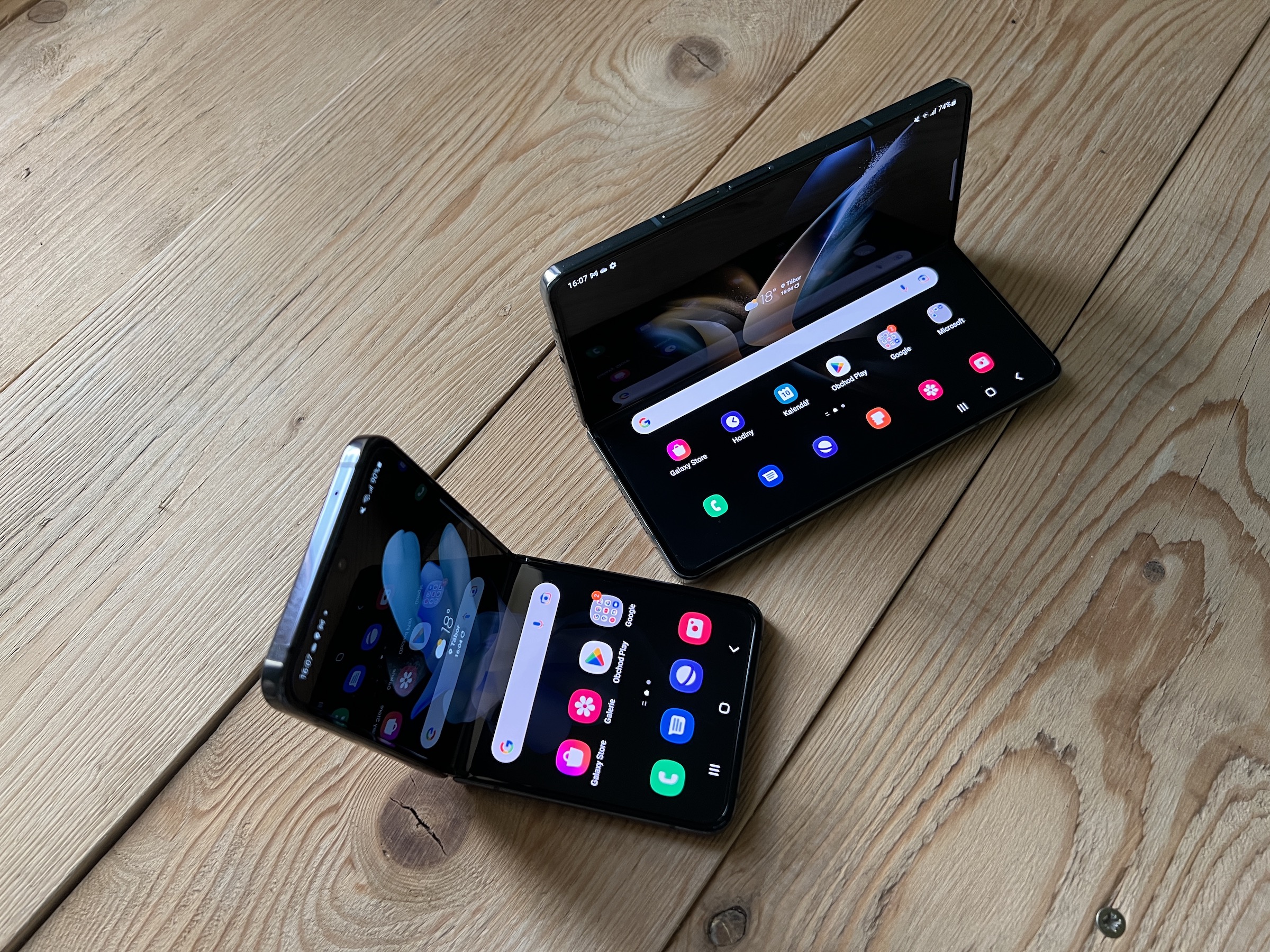
The question is whether it is not very vulnerable and therefore how much it is practically usable.
I'll throw in something from another barrel, that's how Lenovo got away with a transparent display, it's going to be a dead end again. I already had a feeling of de ja vu during the first articles that someone with a semi-transparent display had already tried it in the past and it ended up as a dead end.